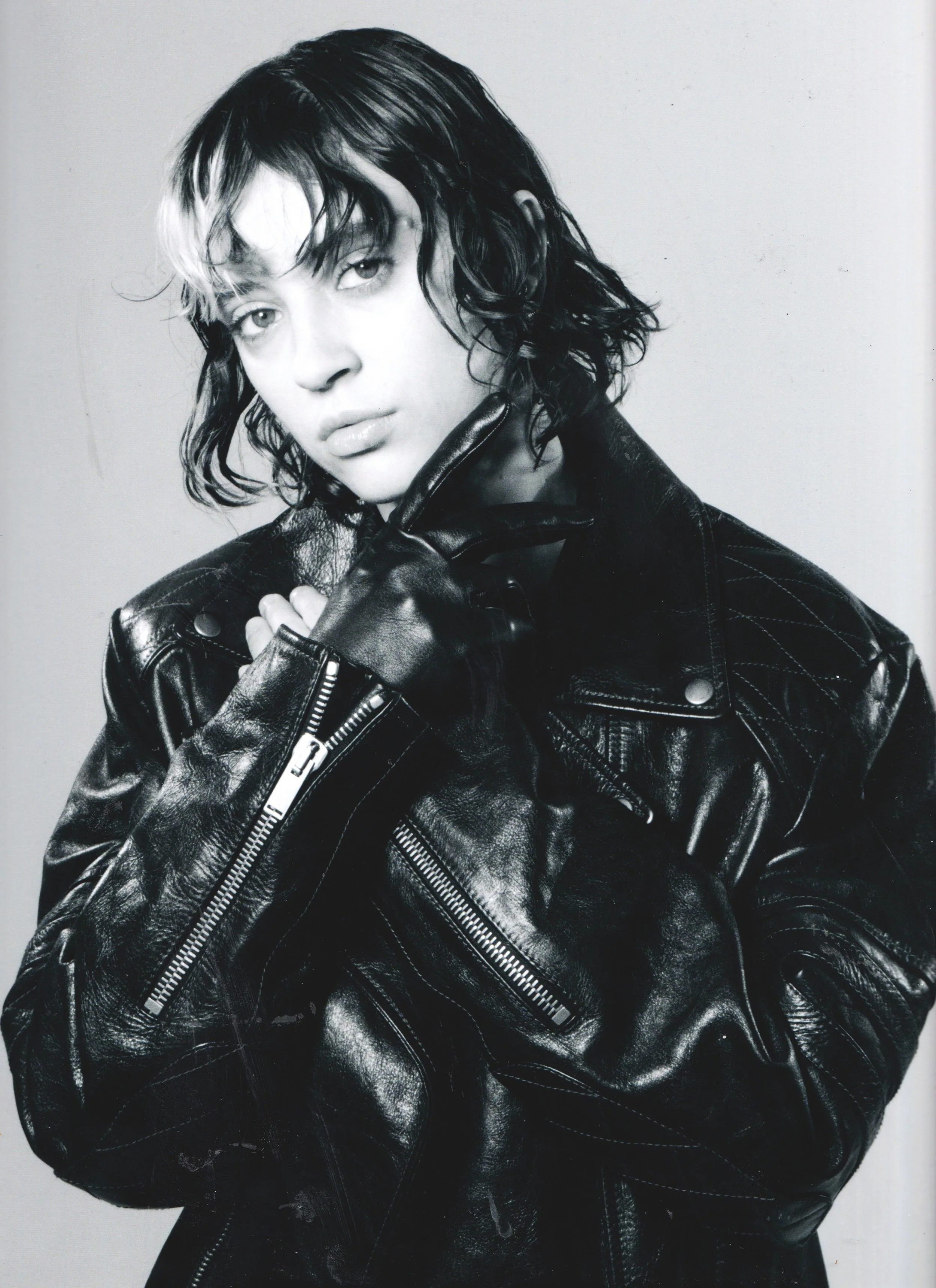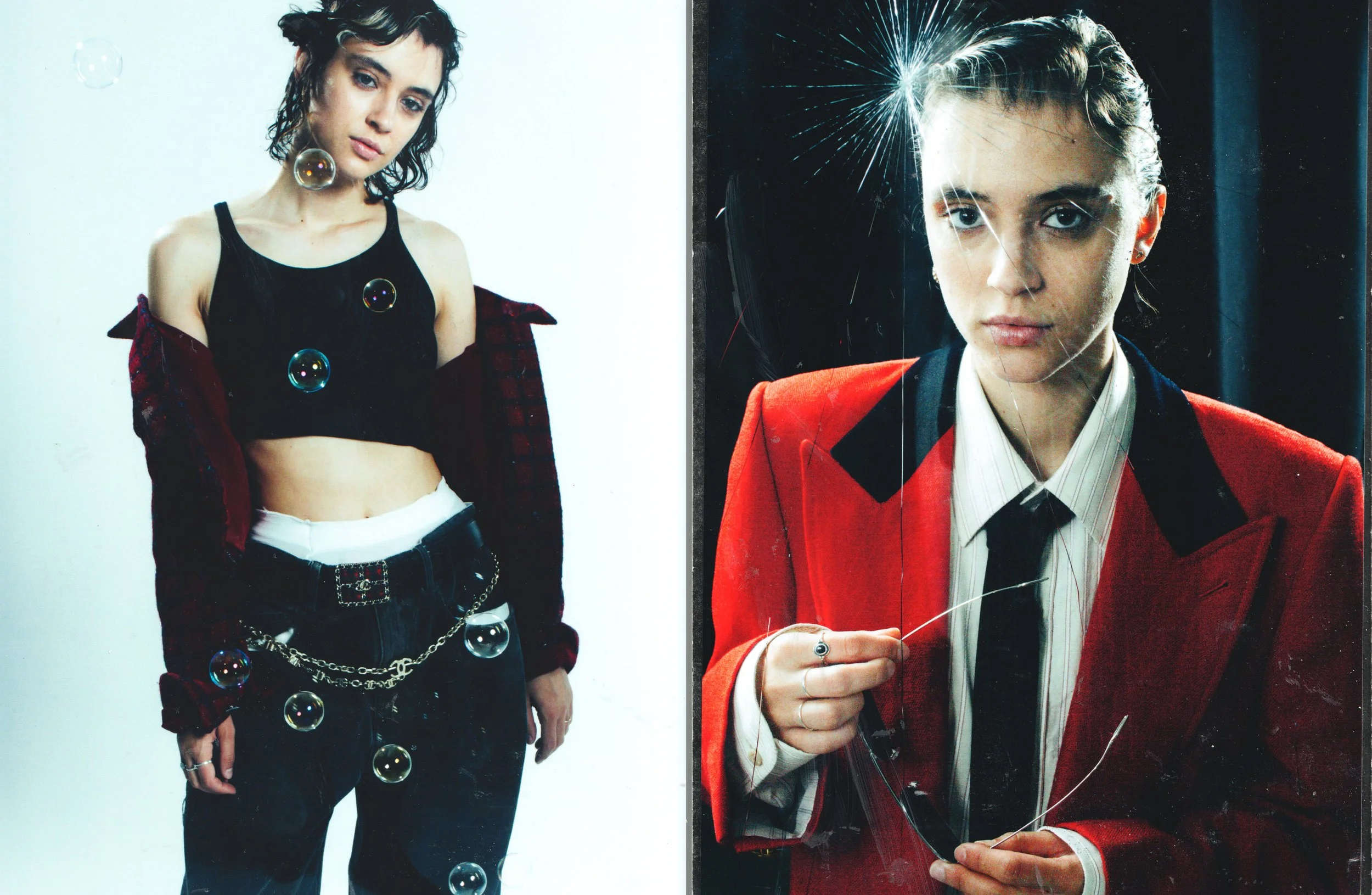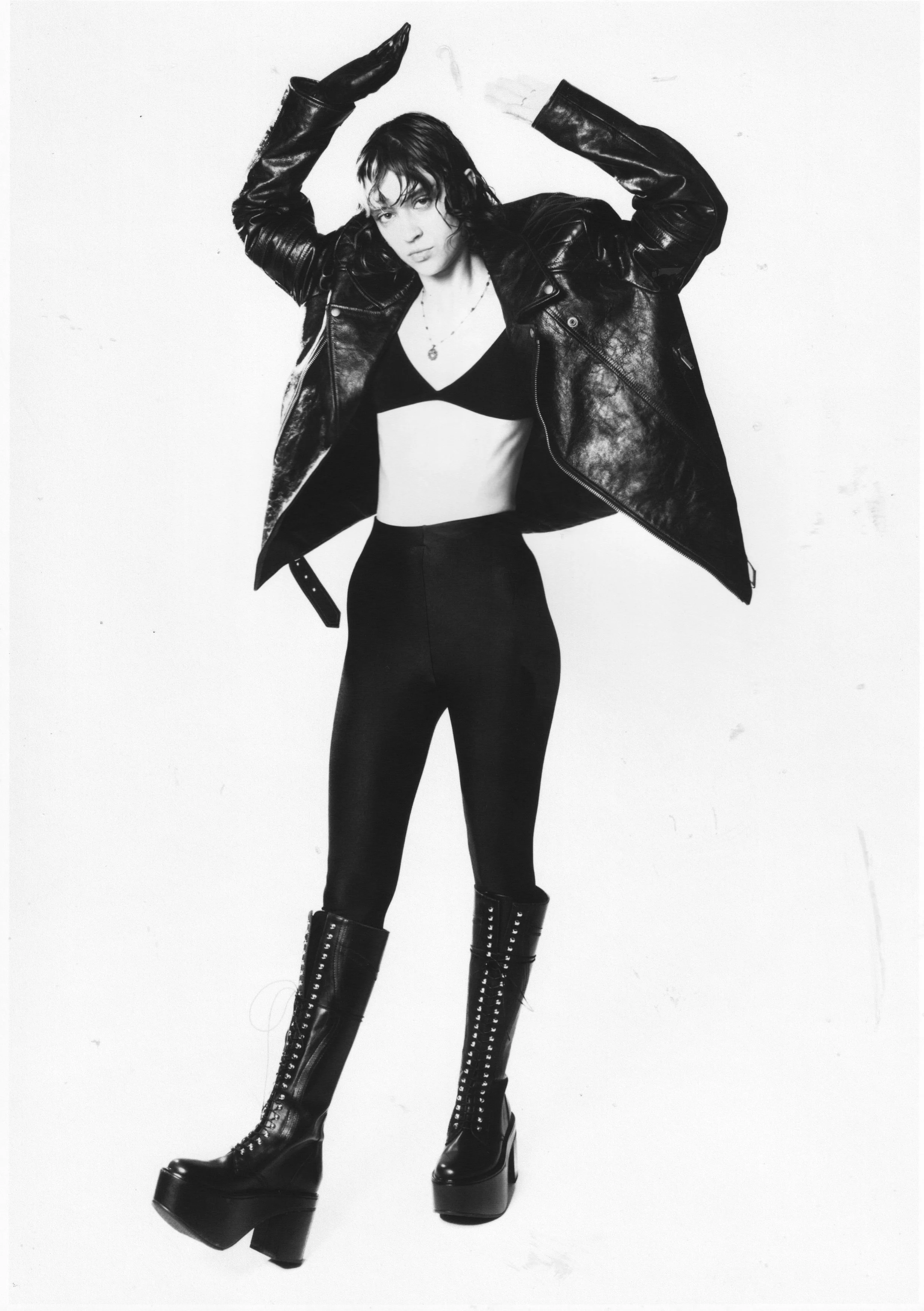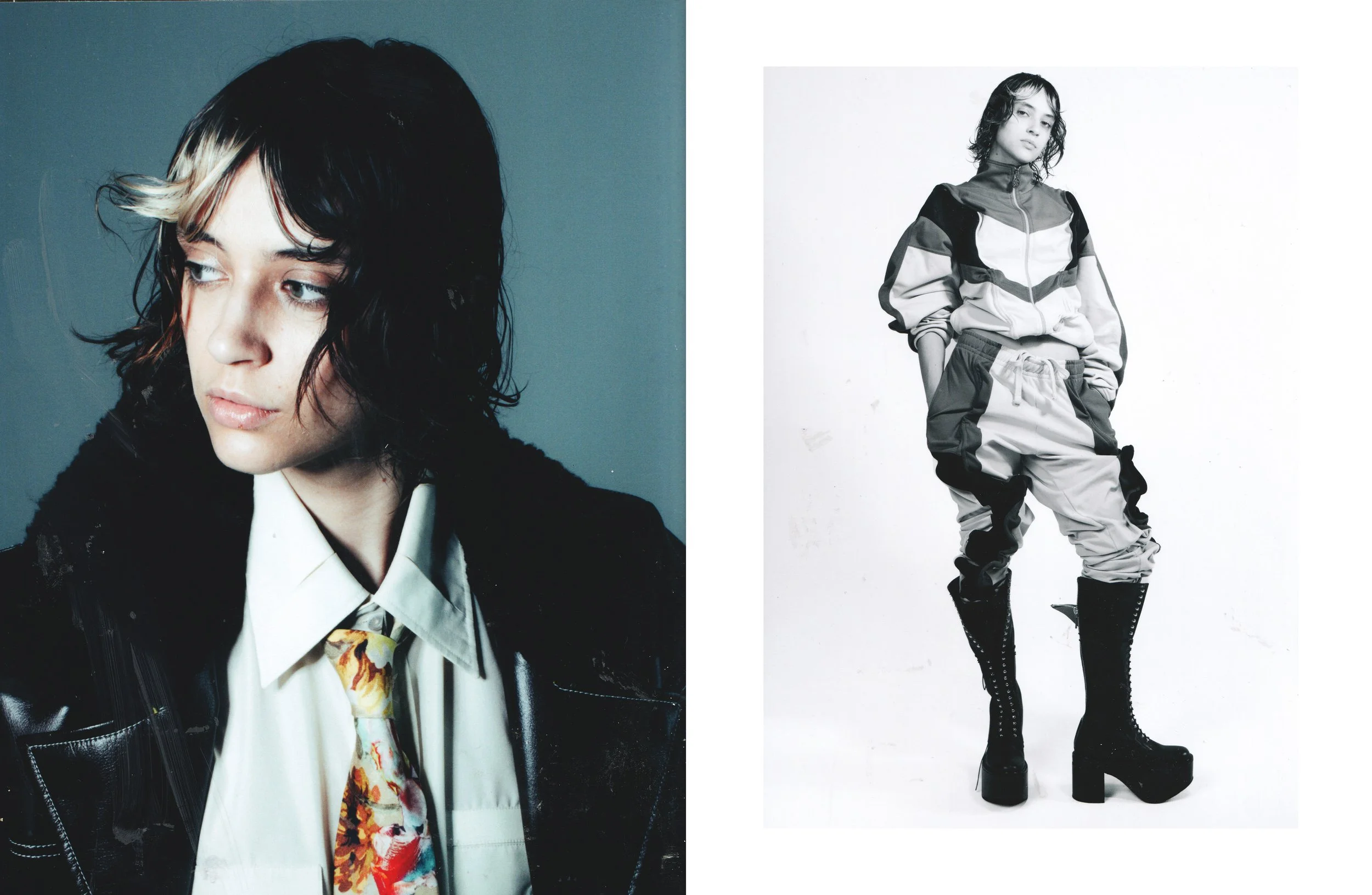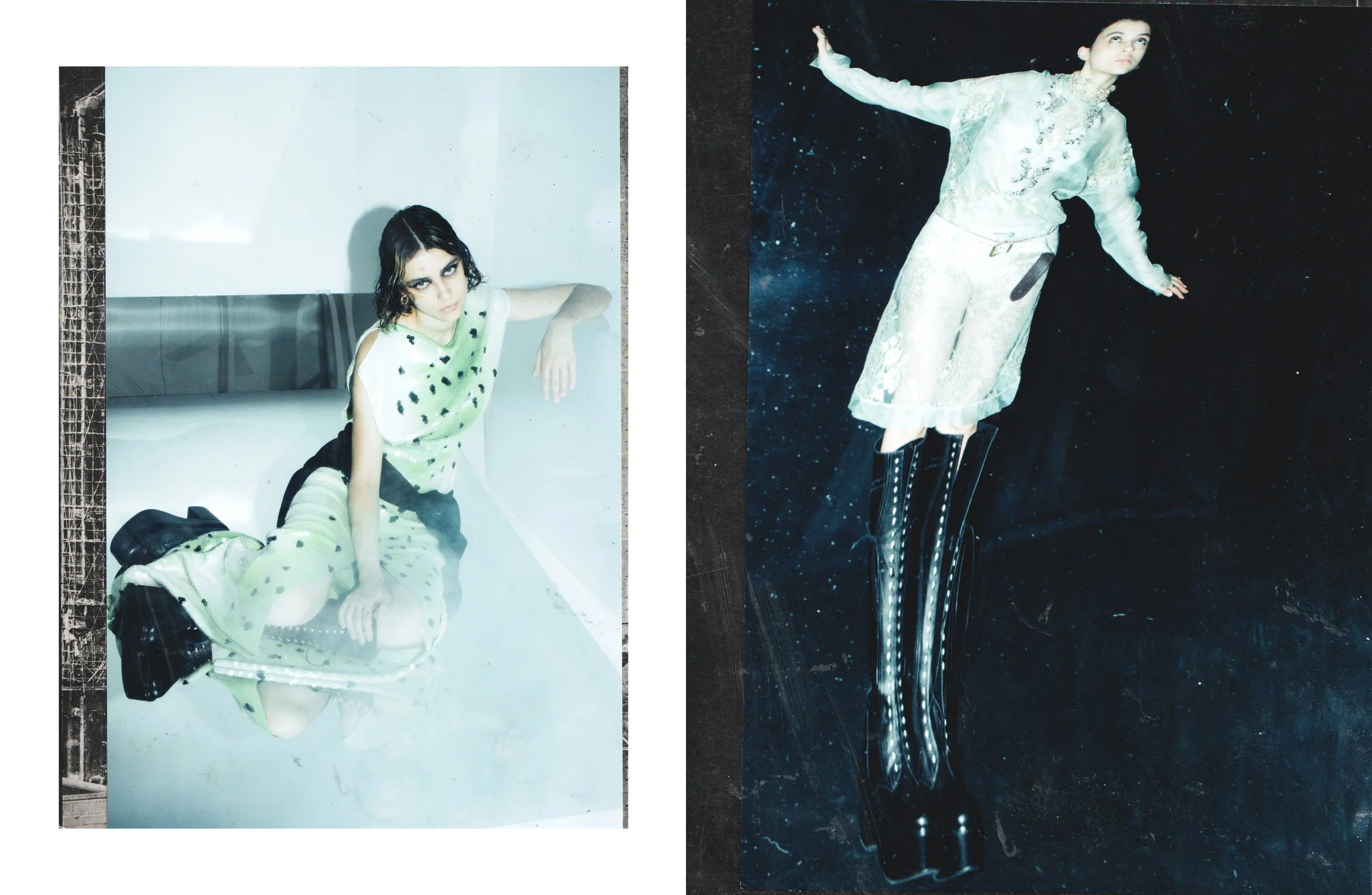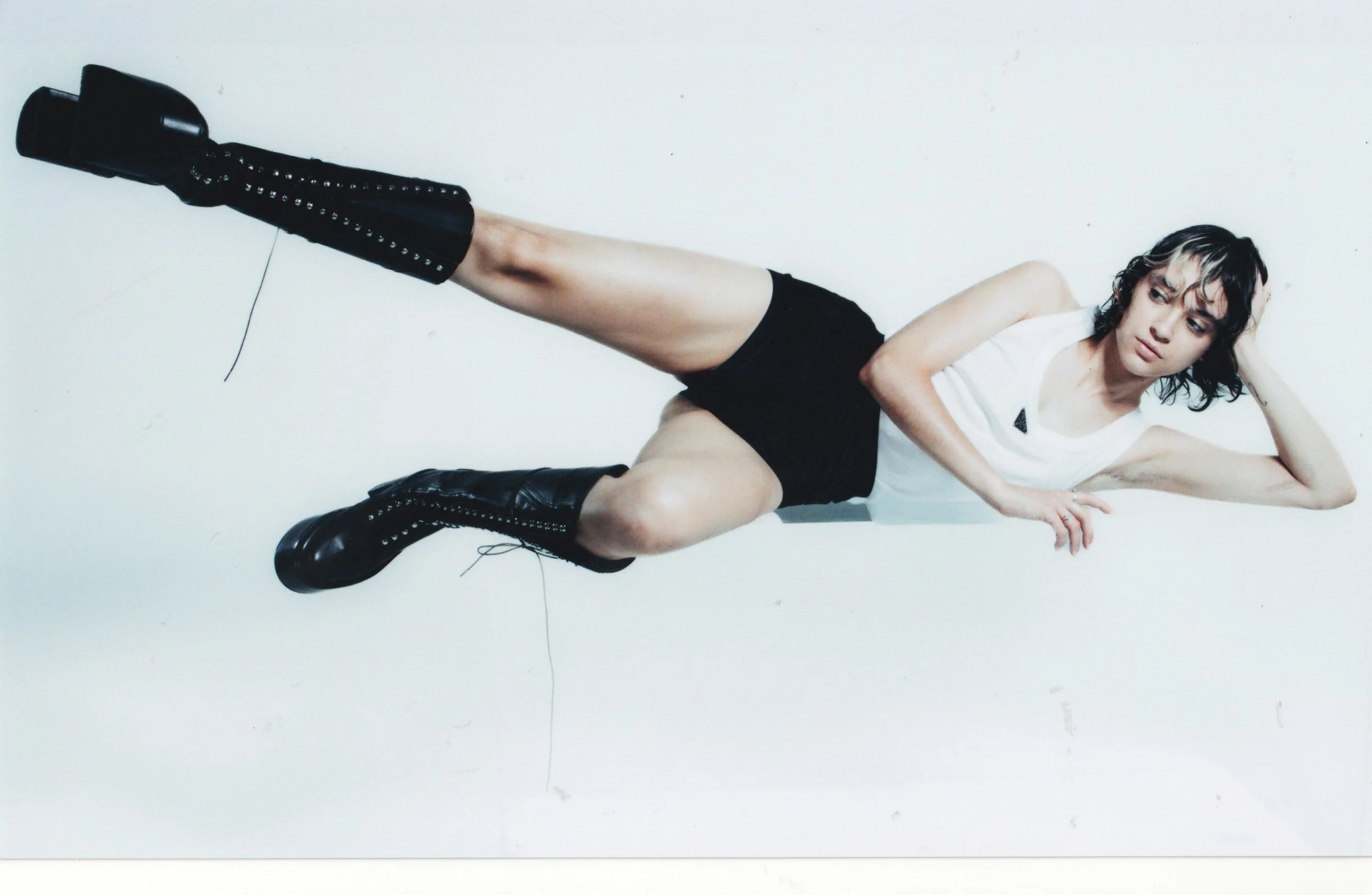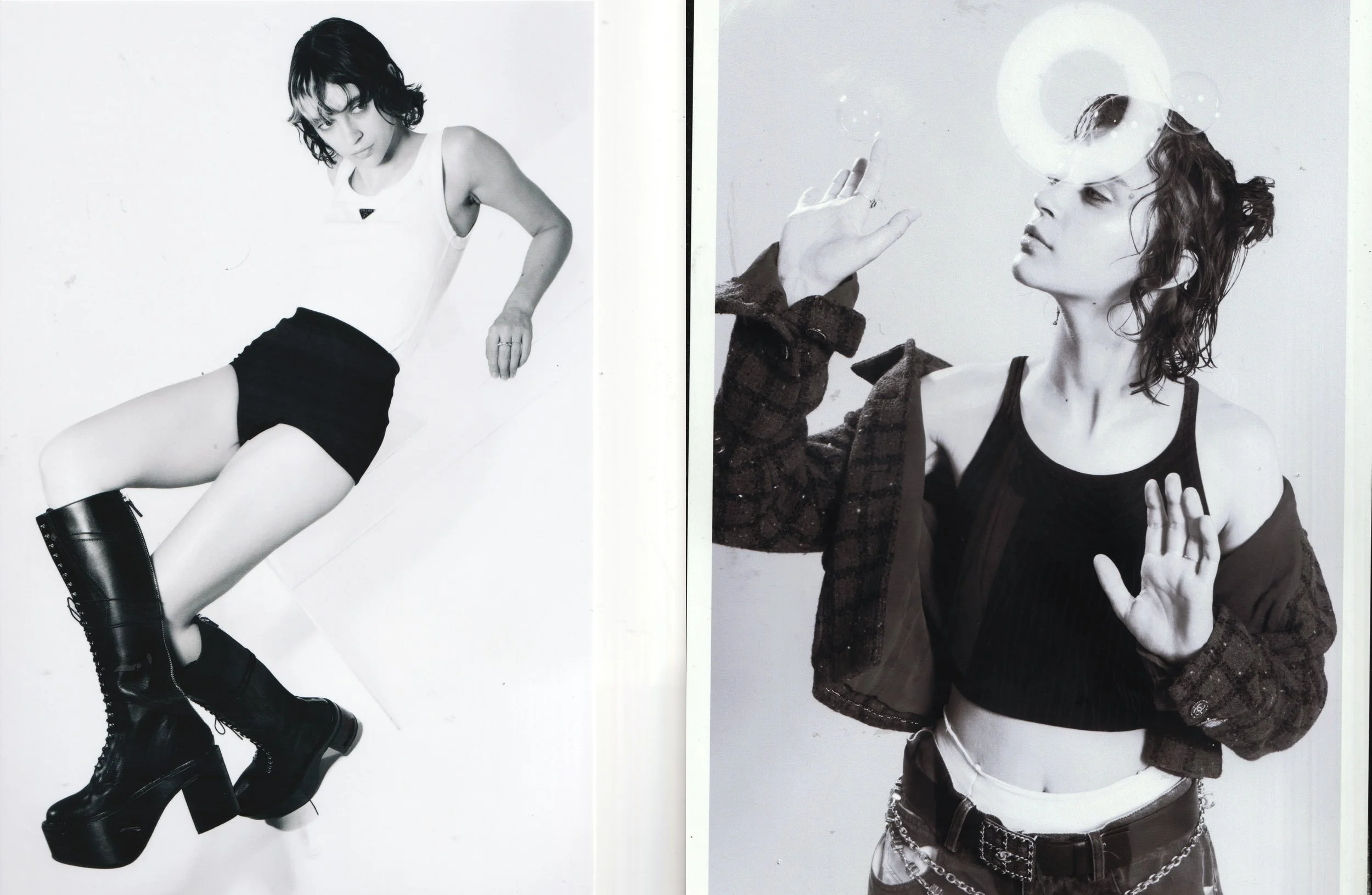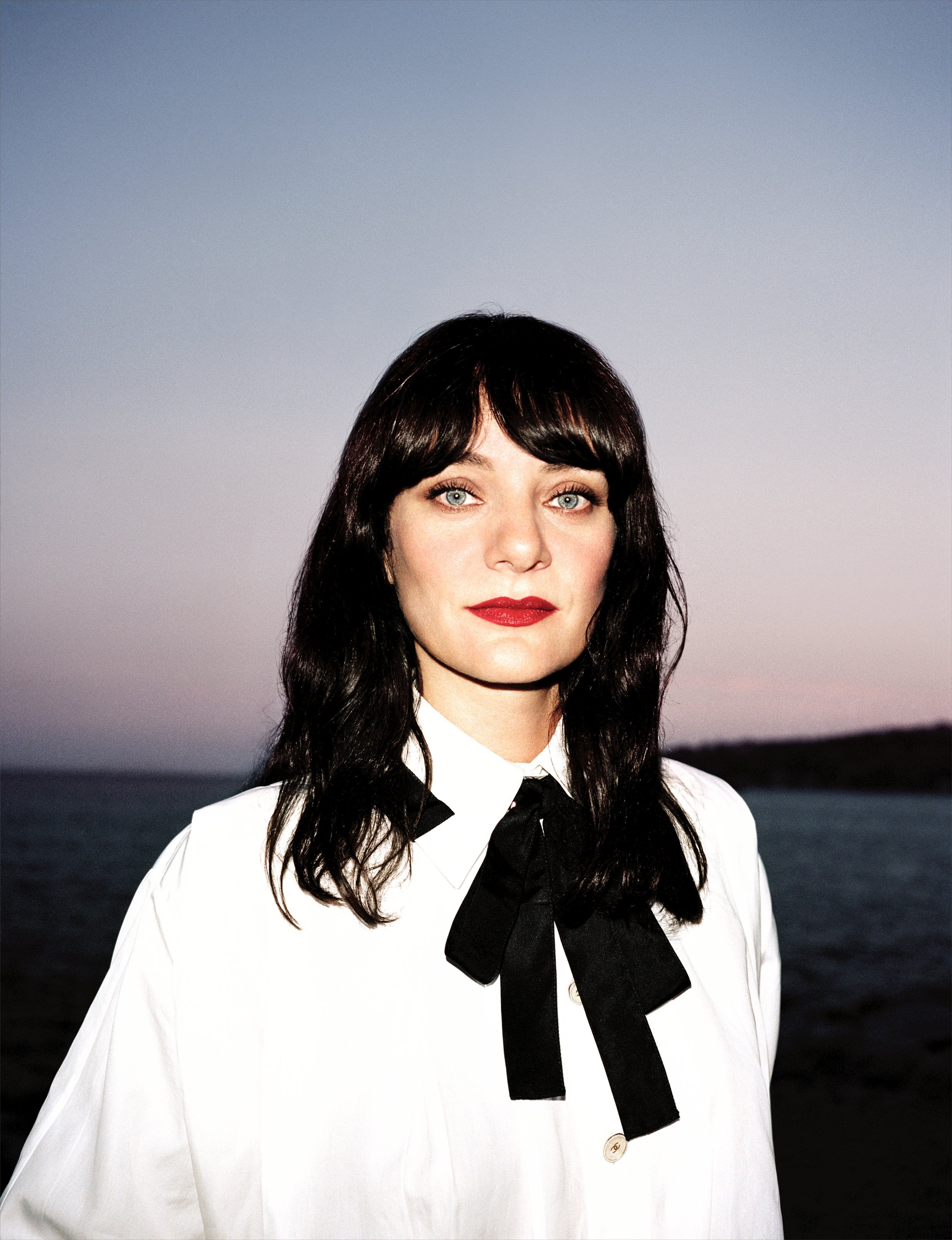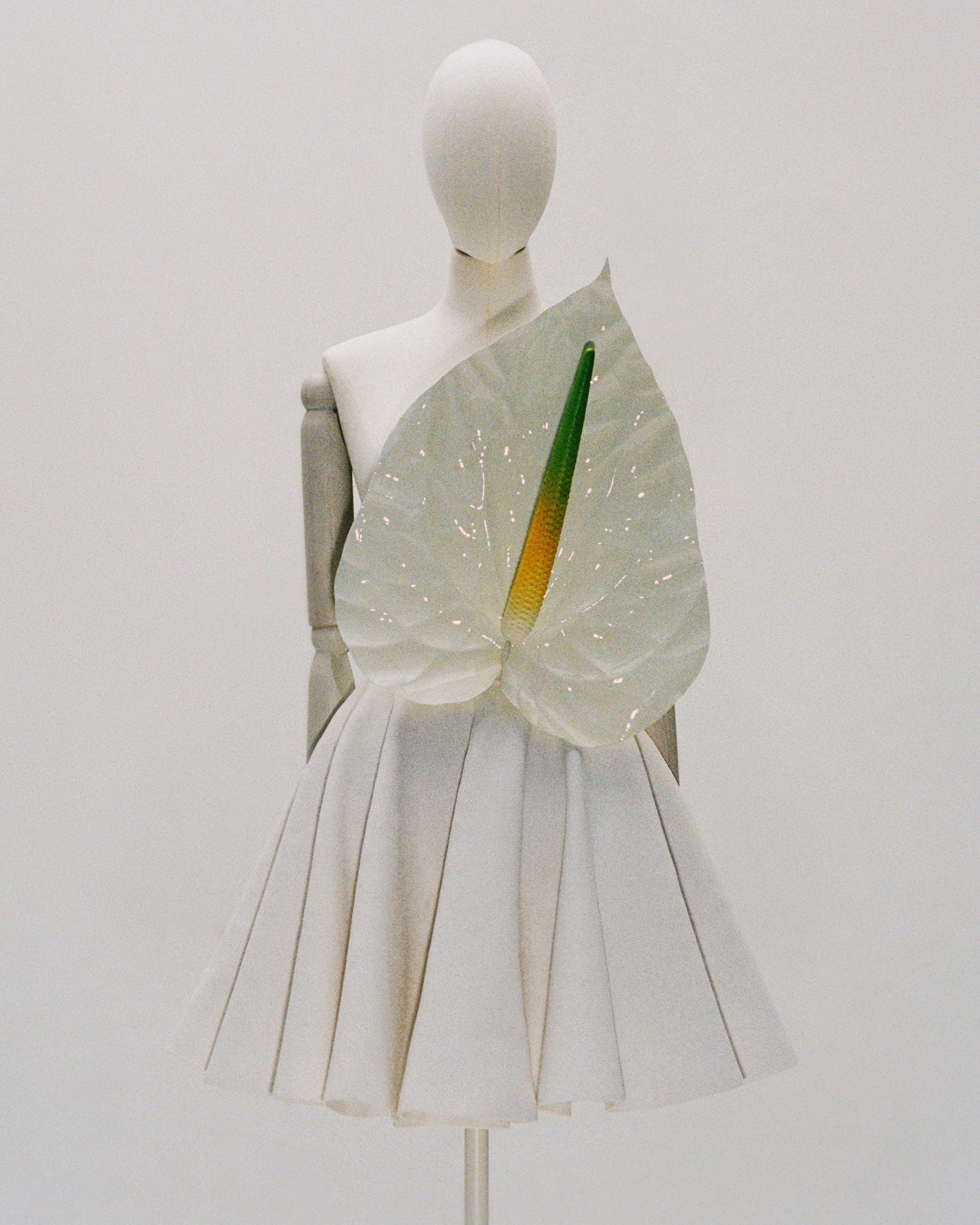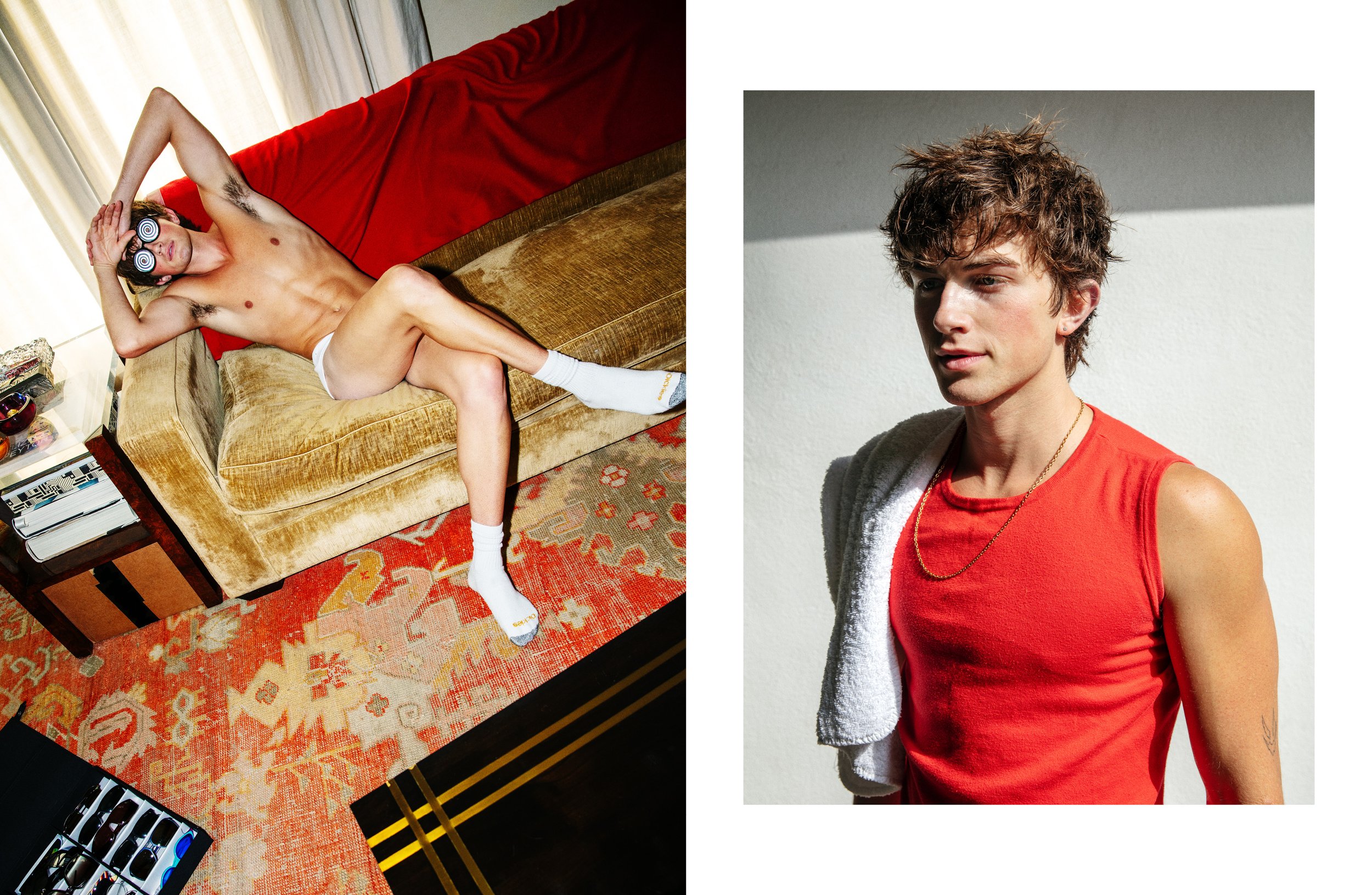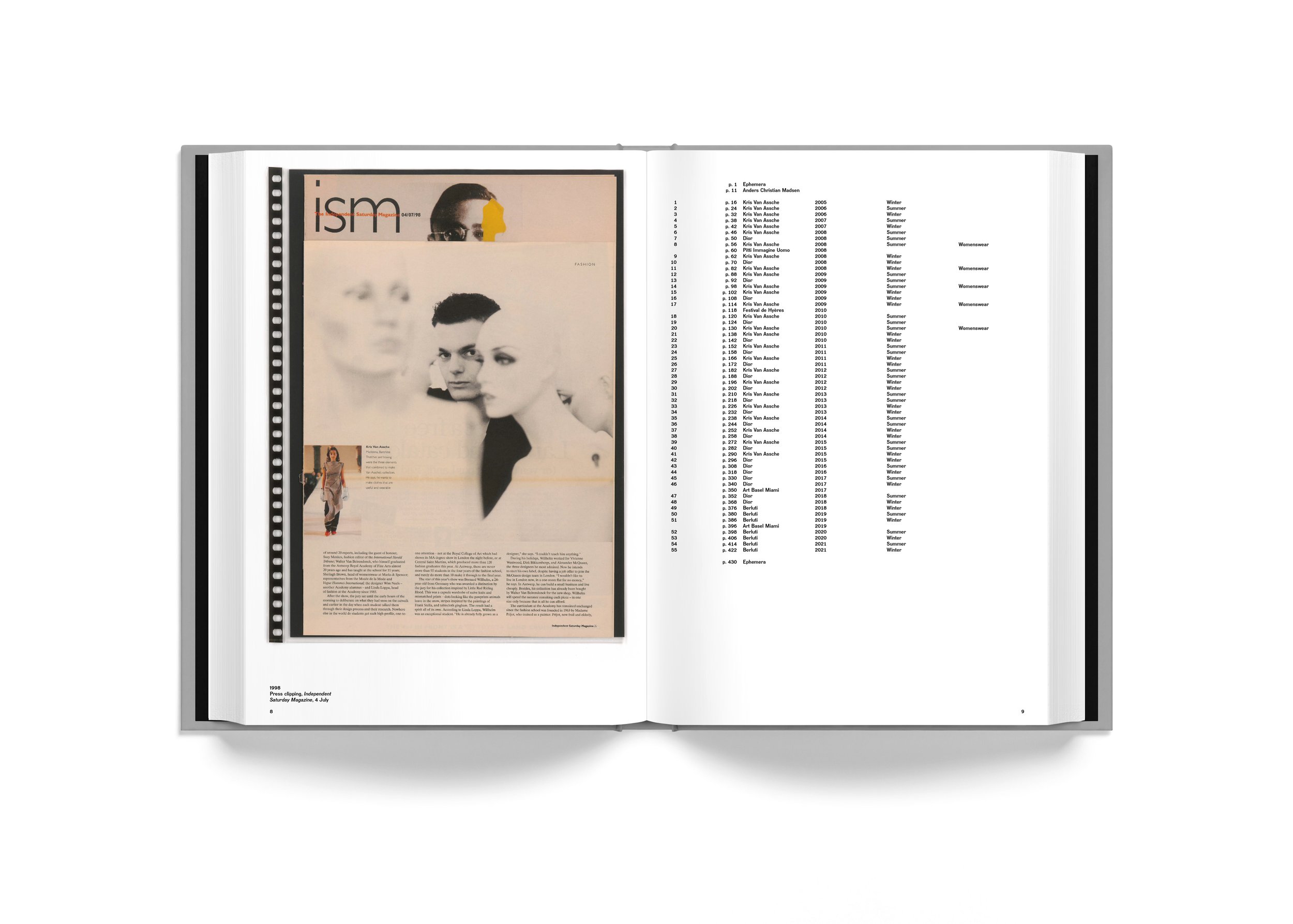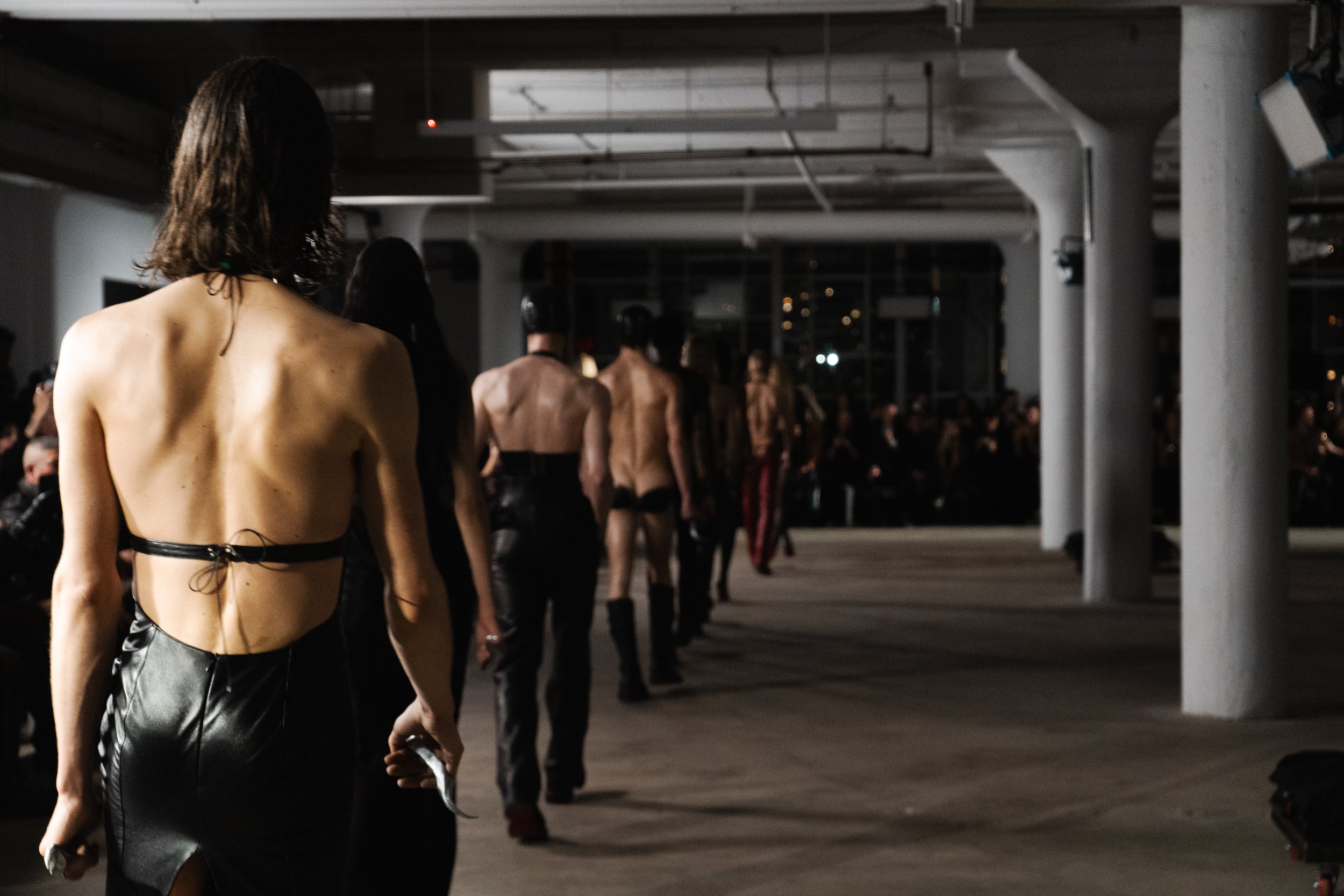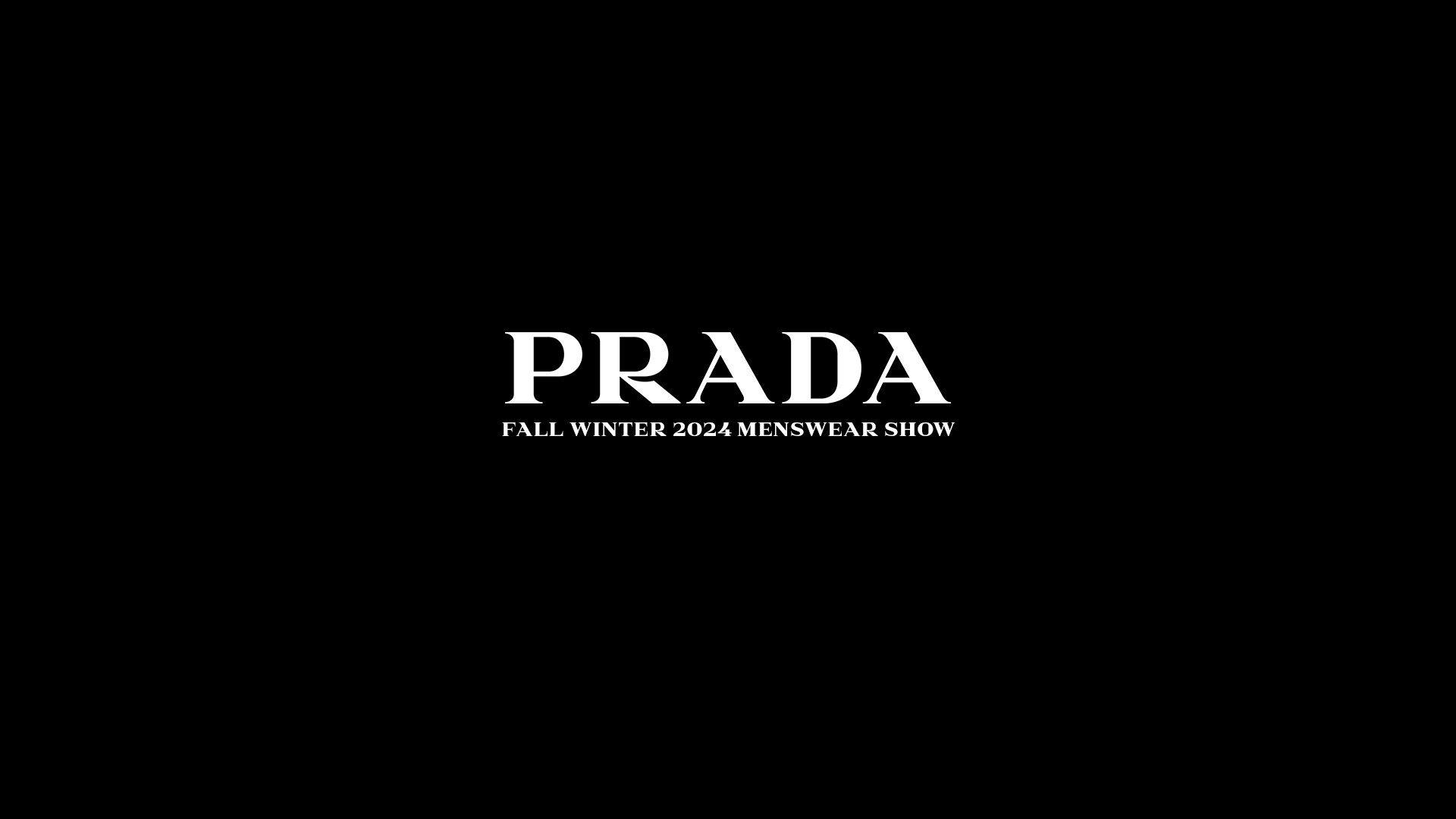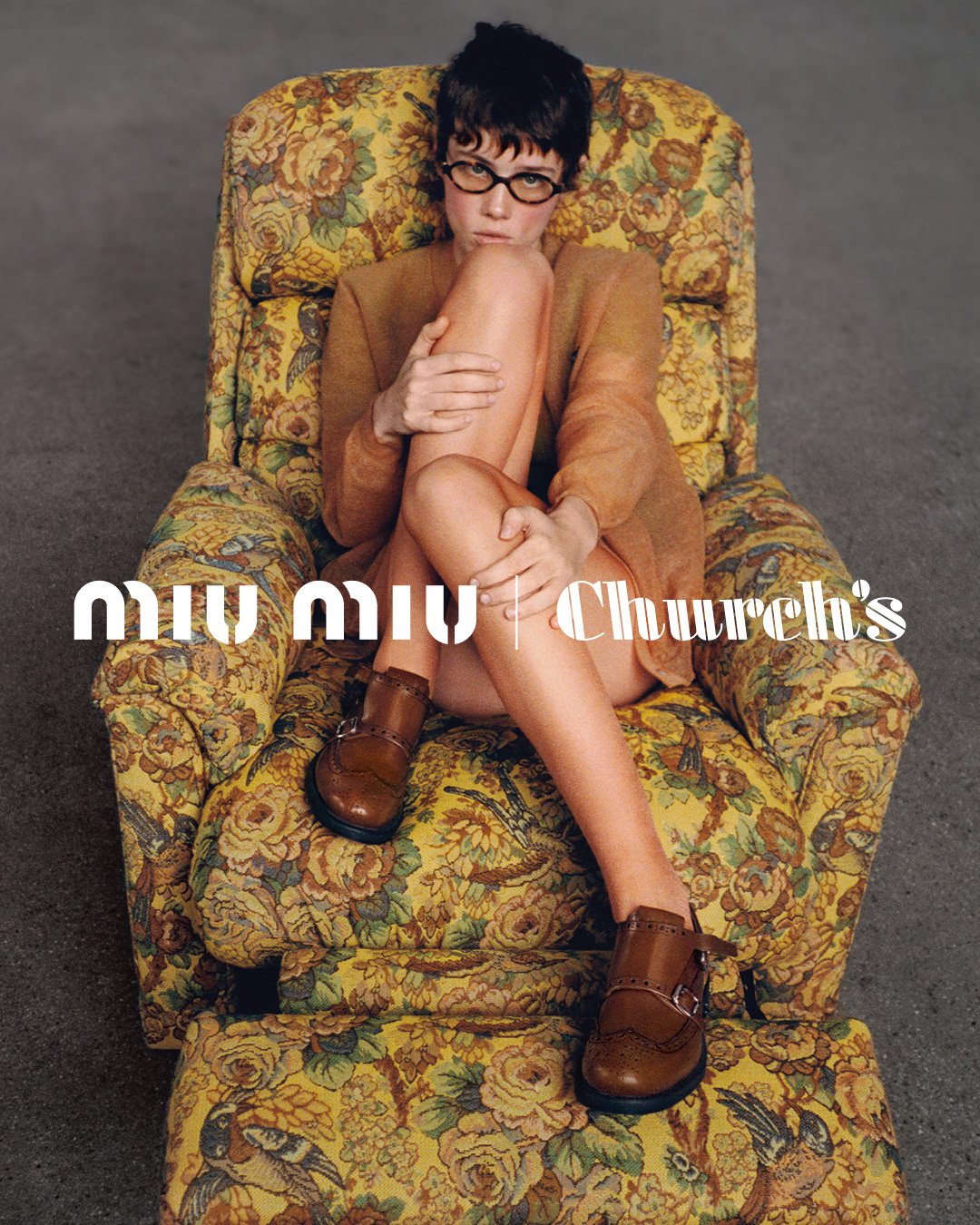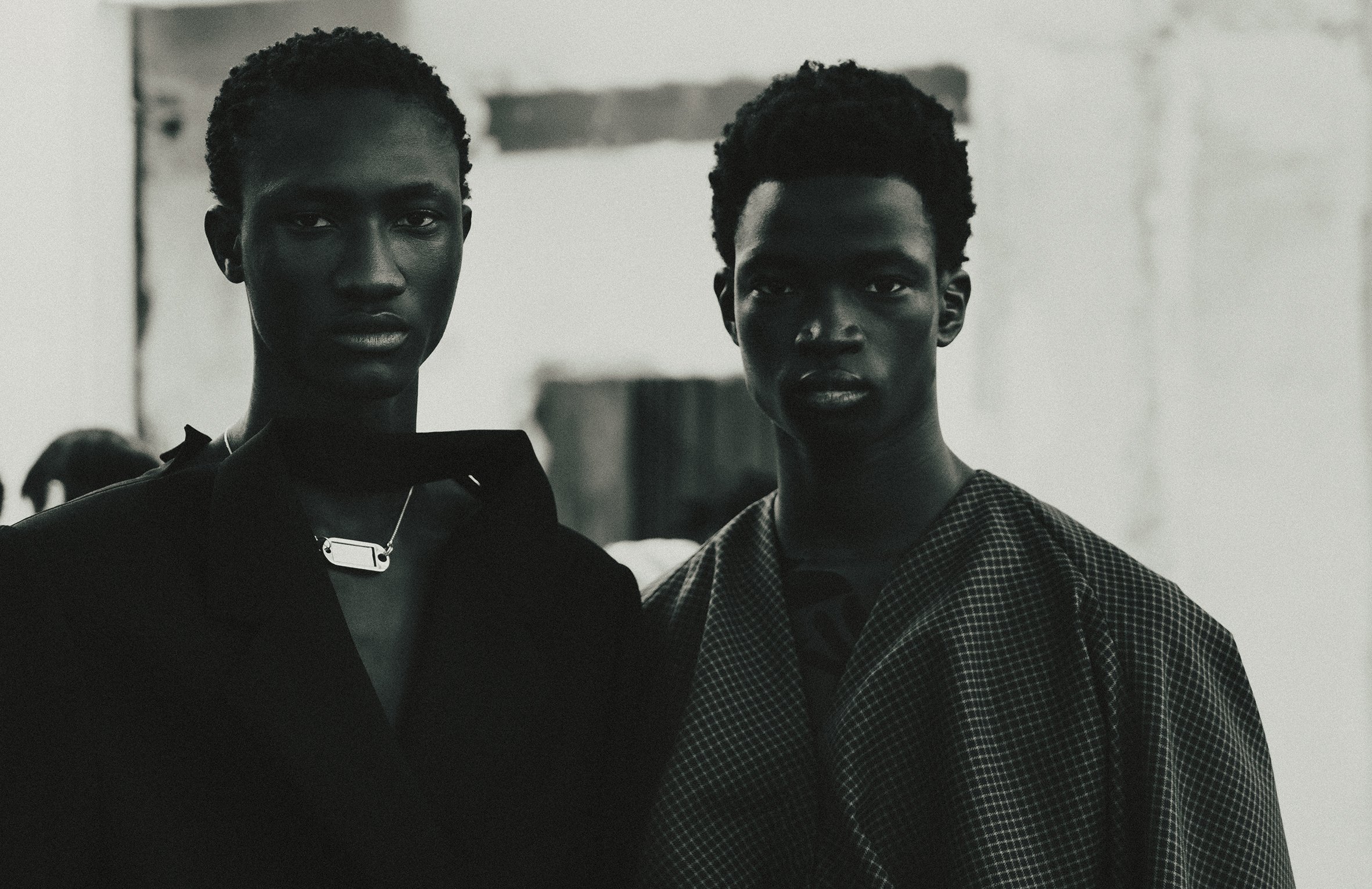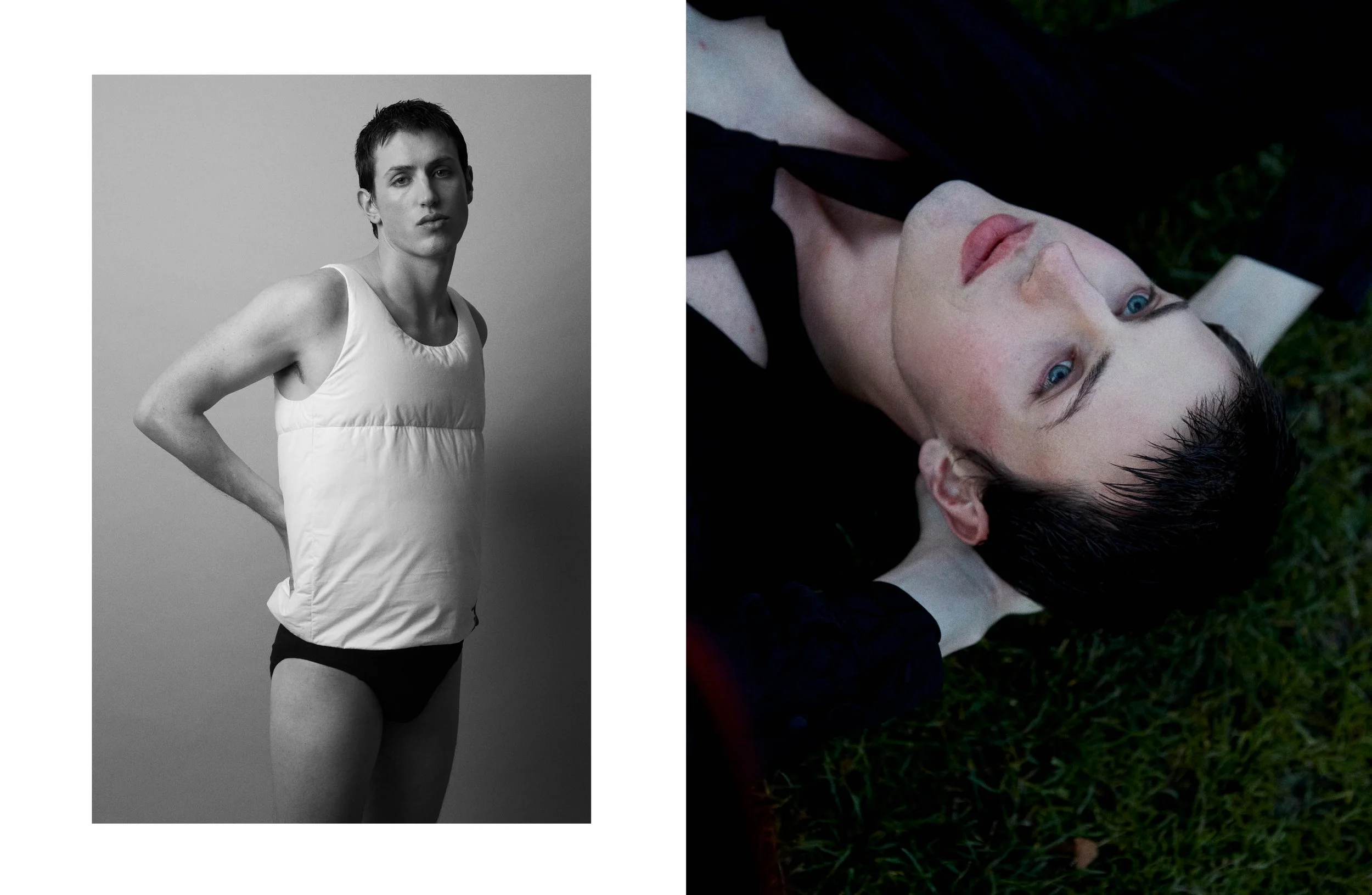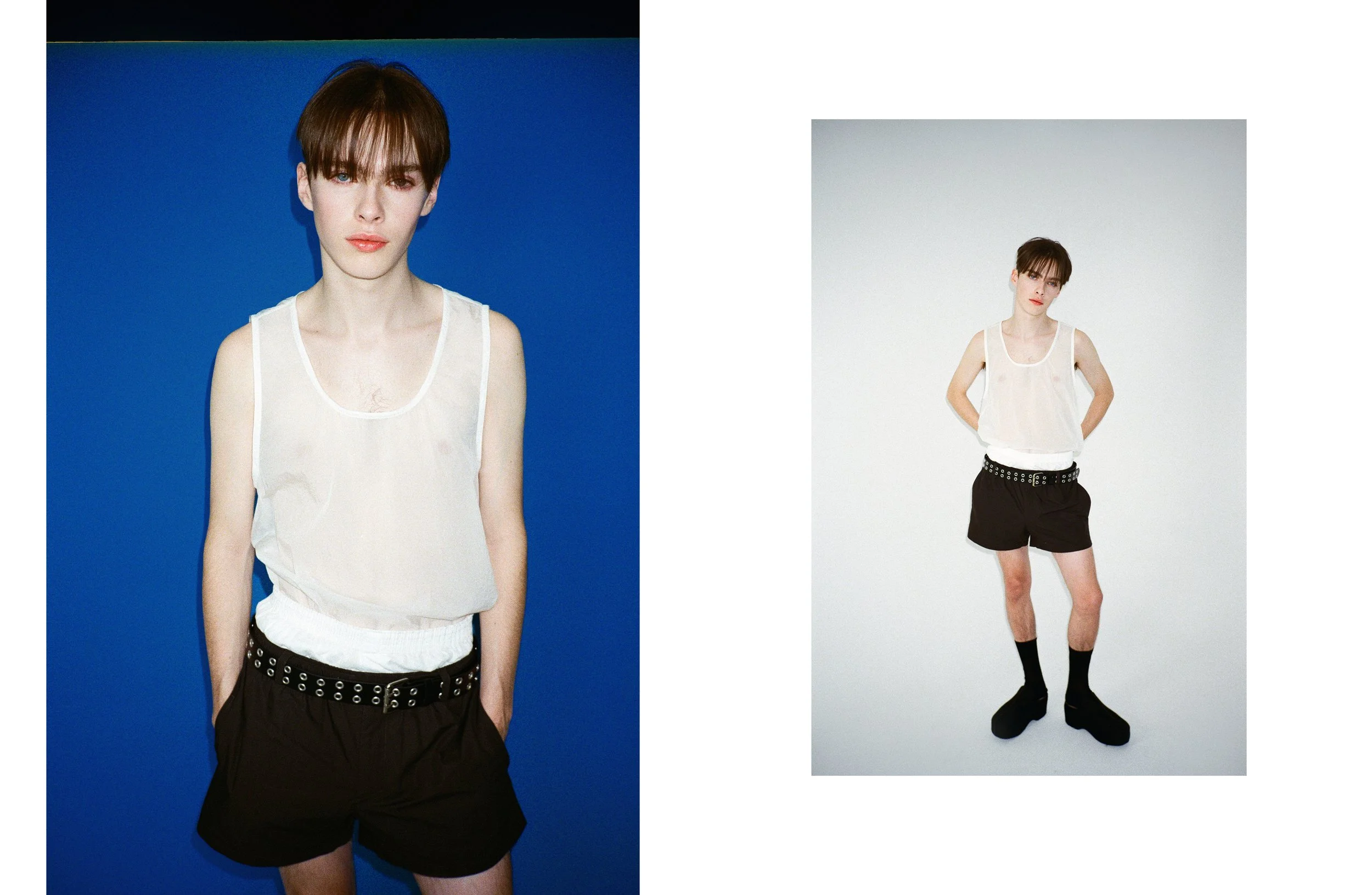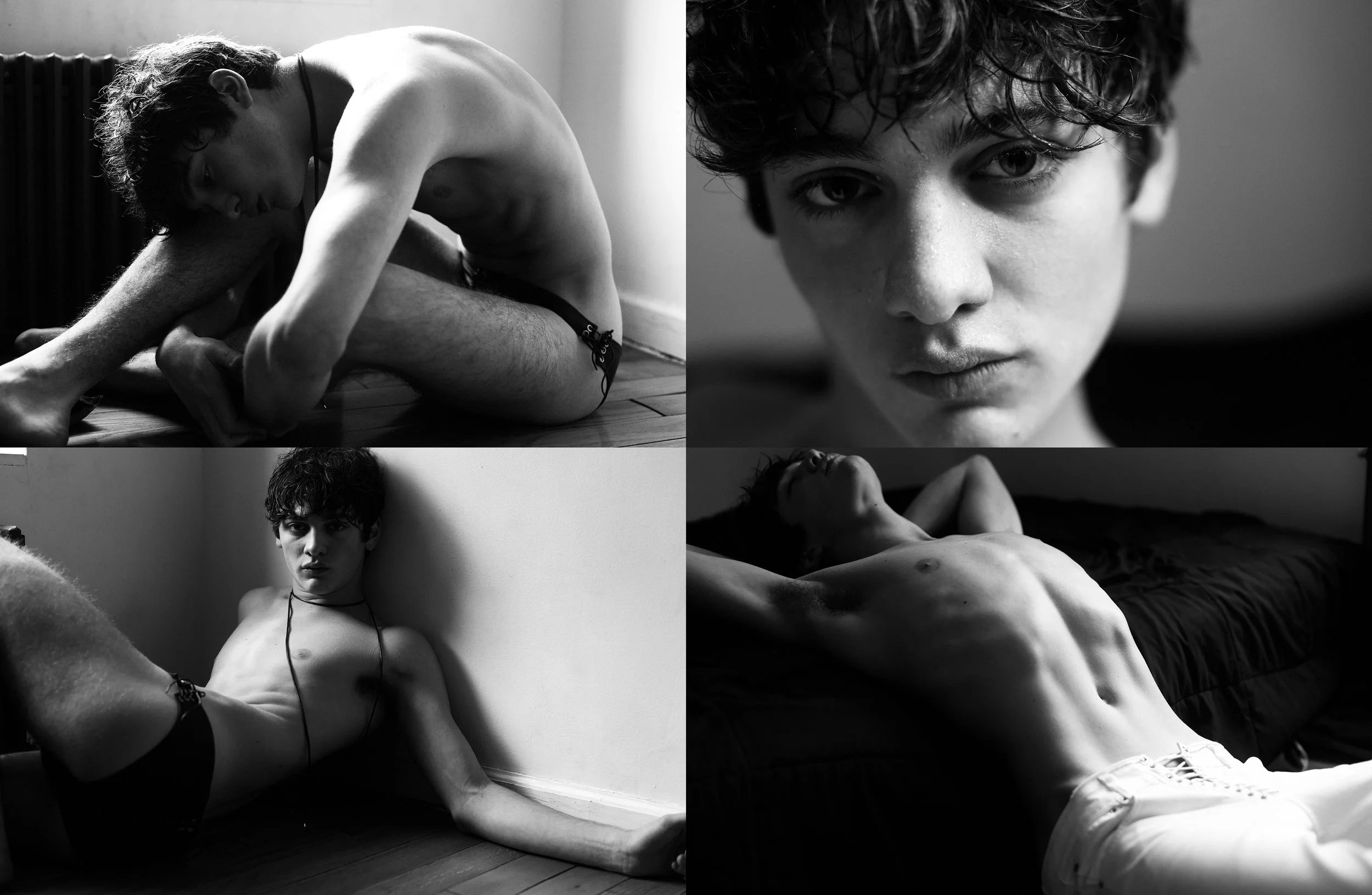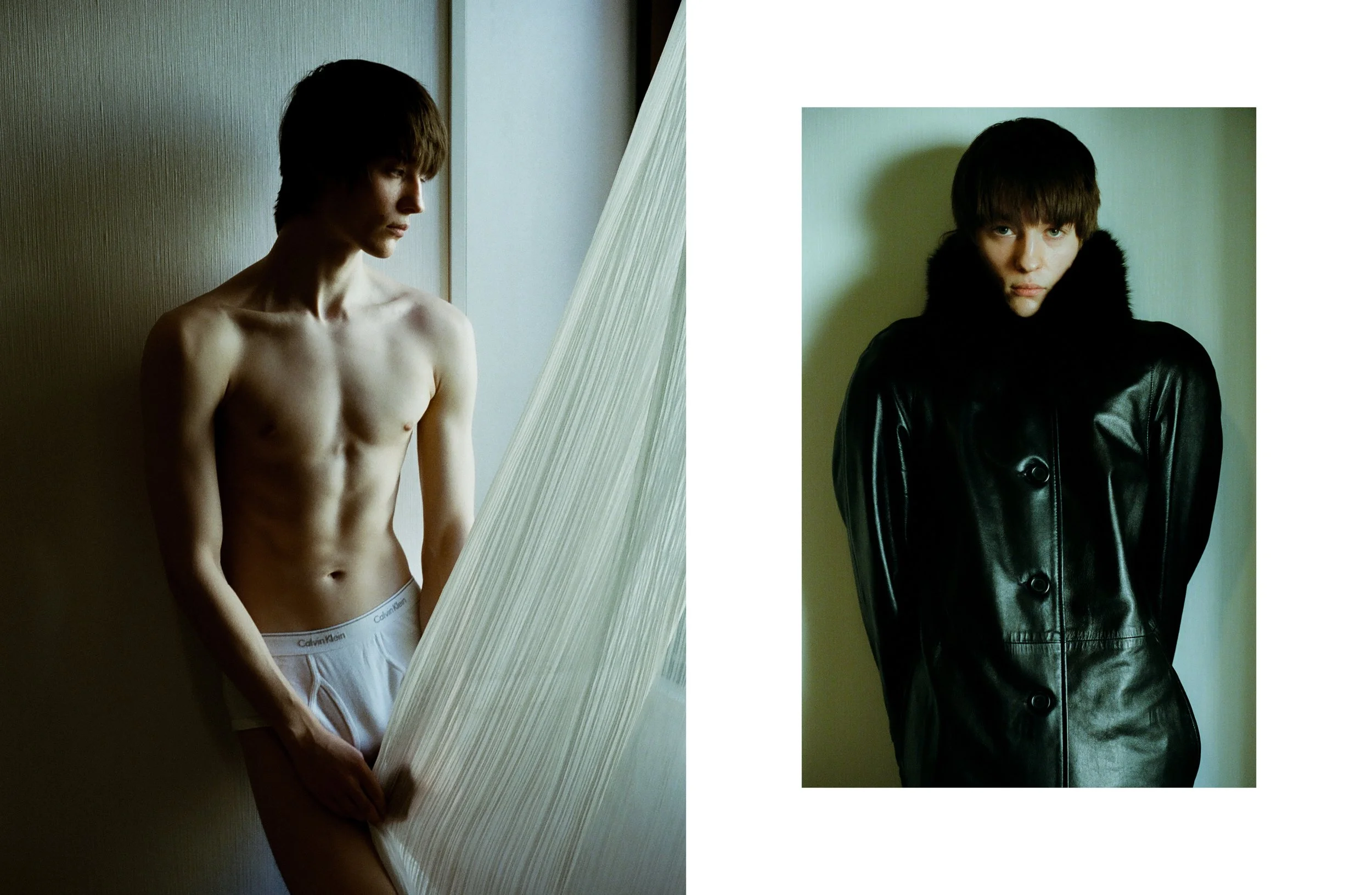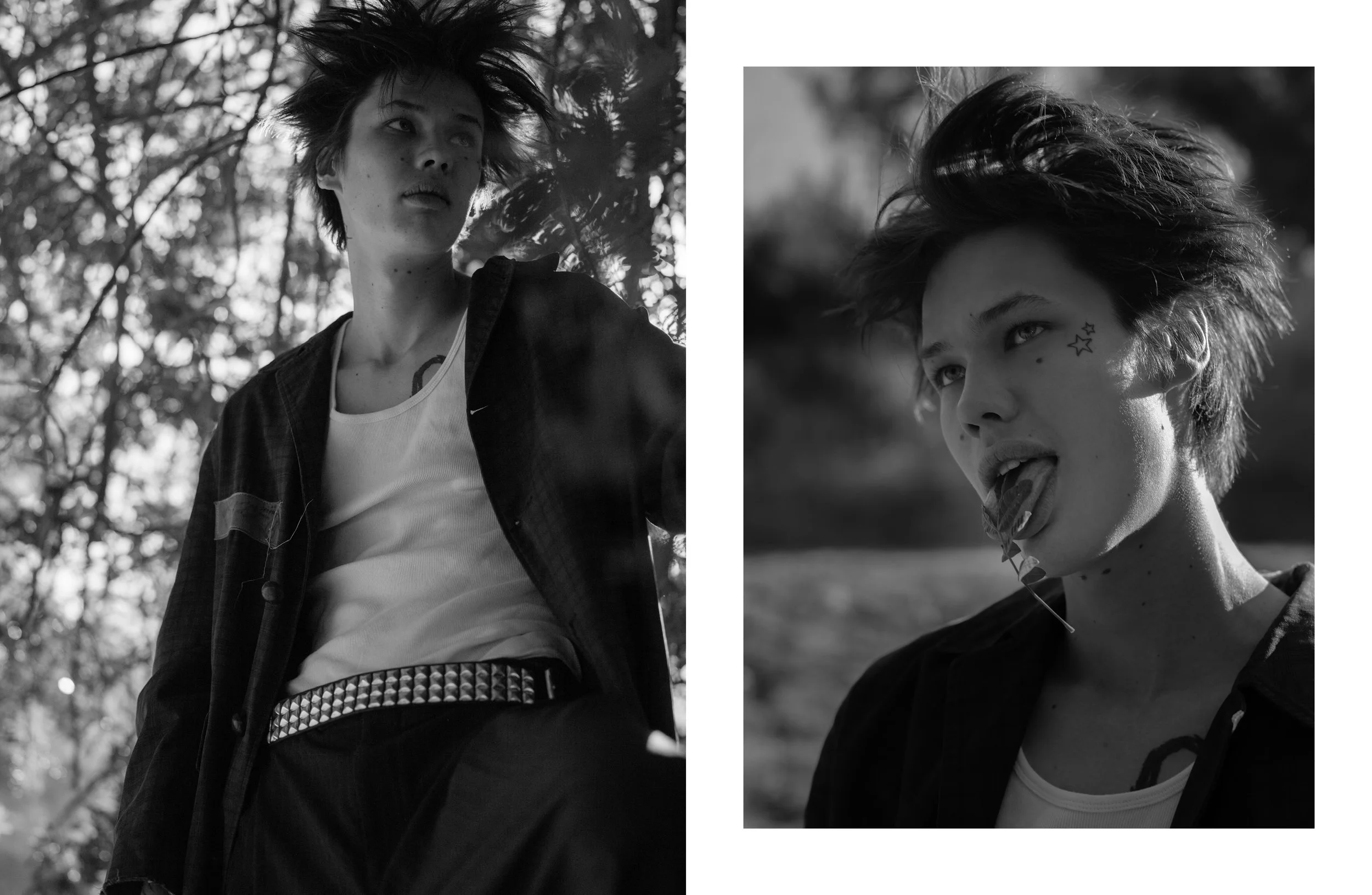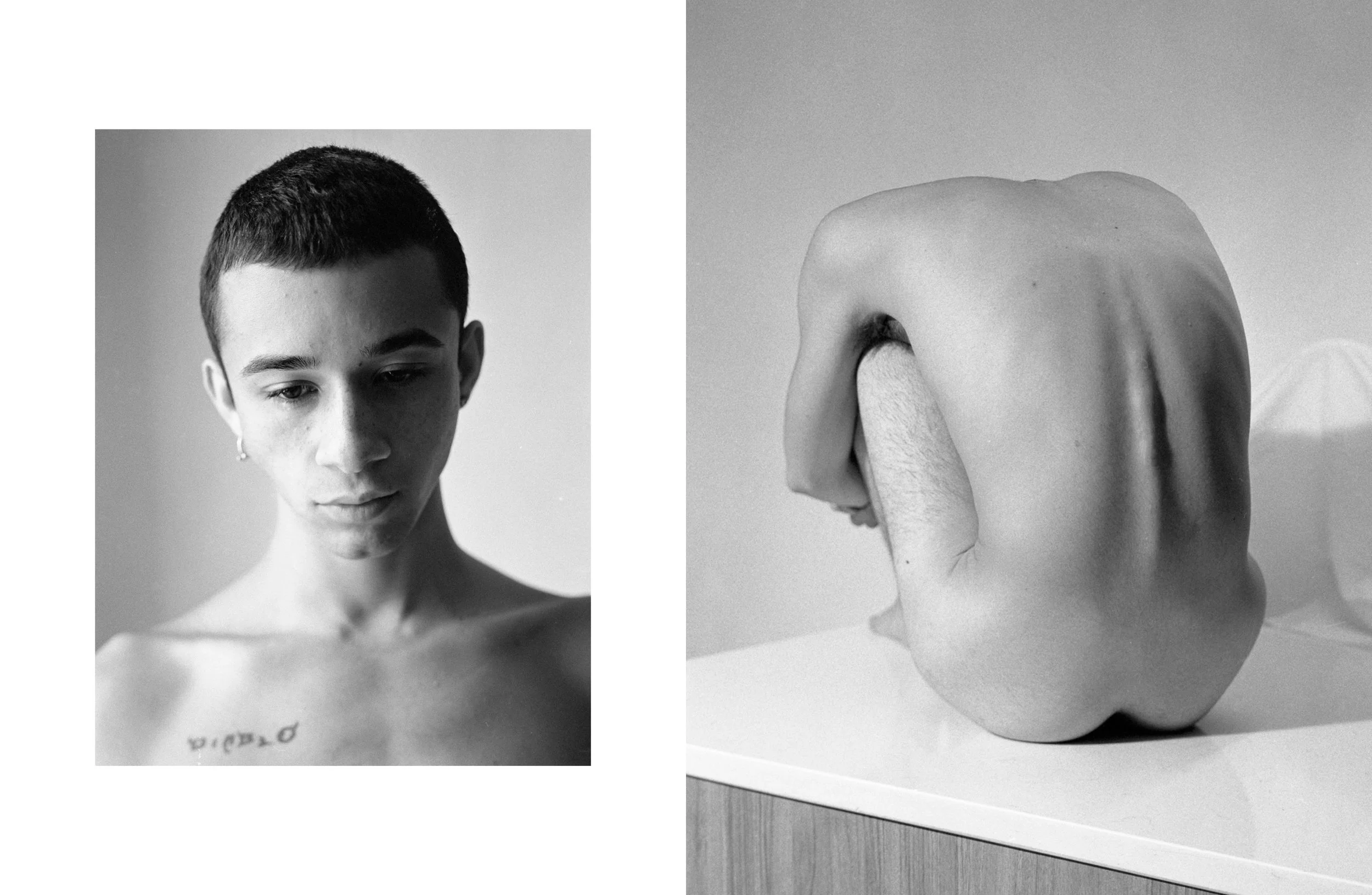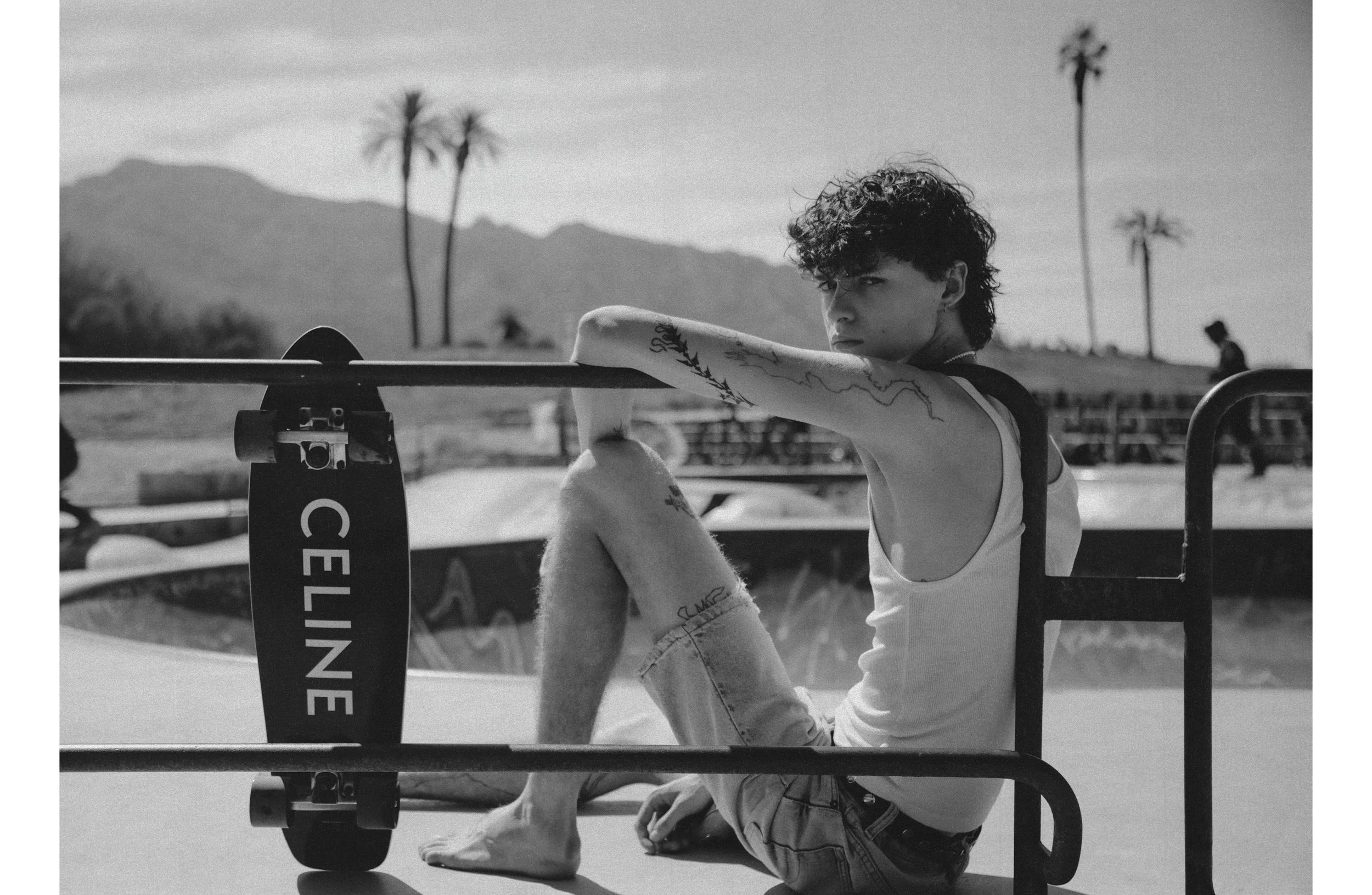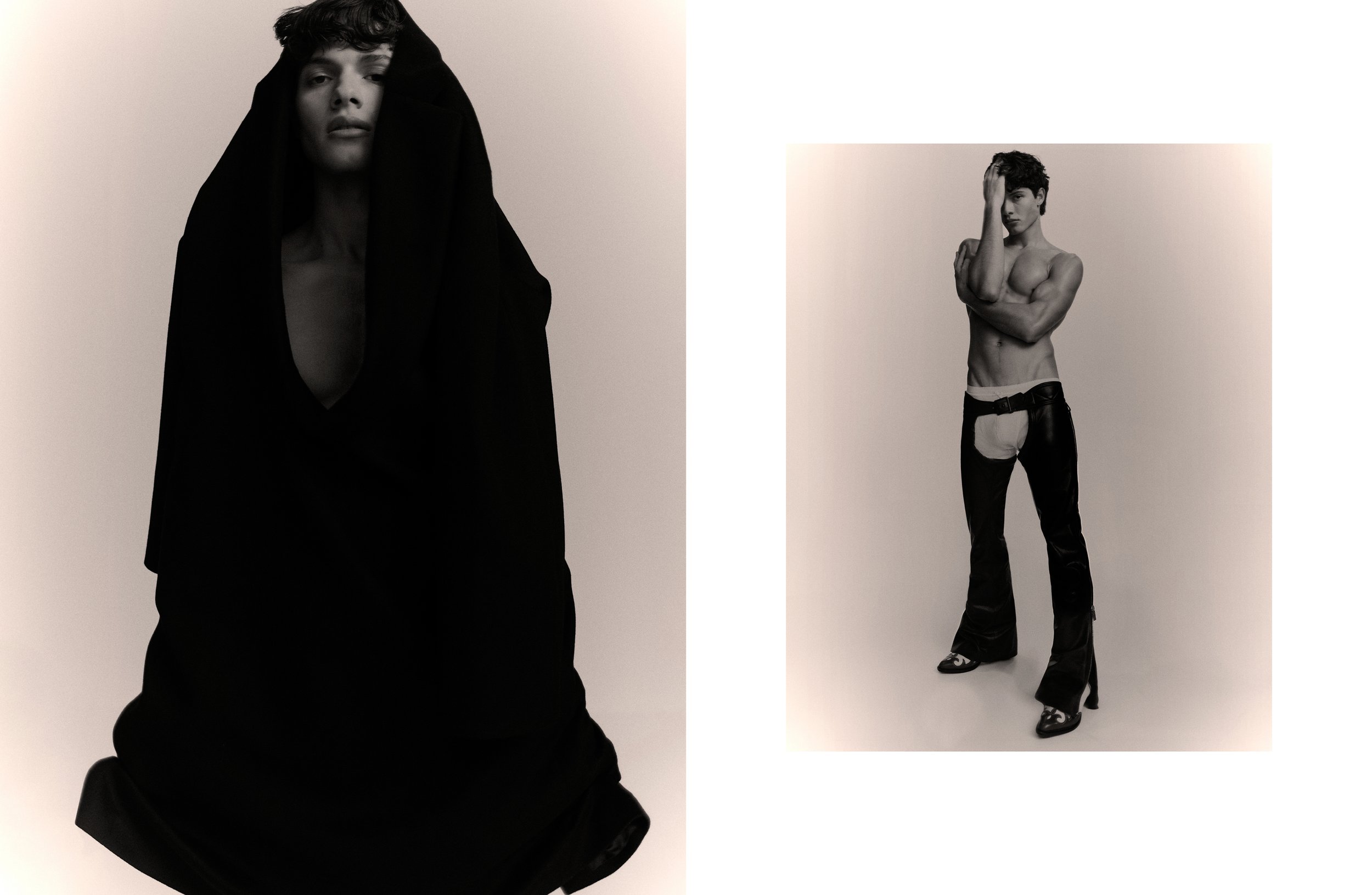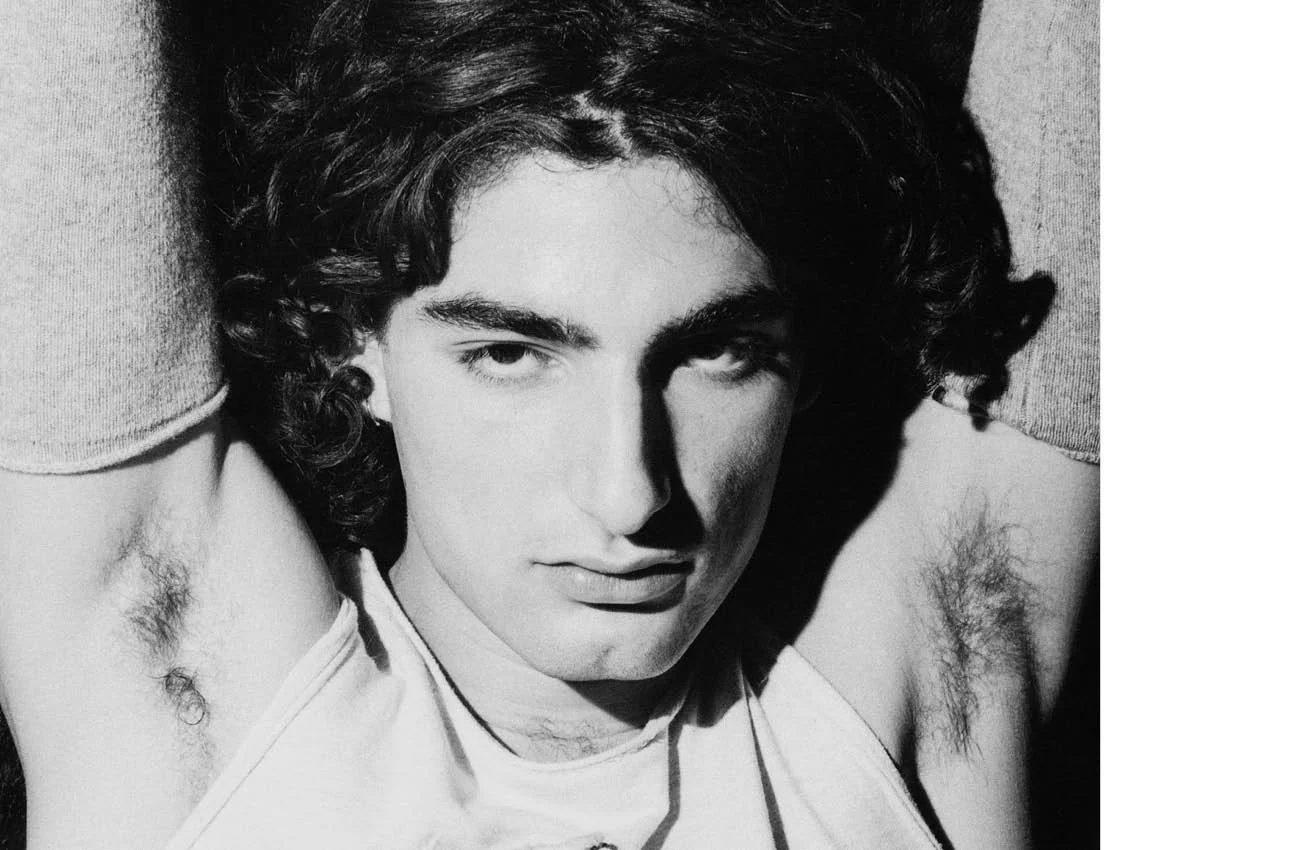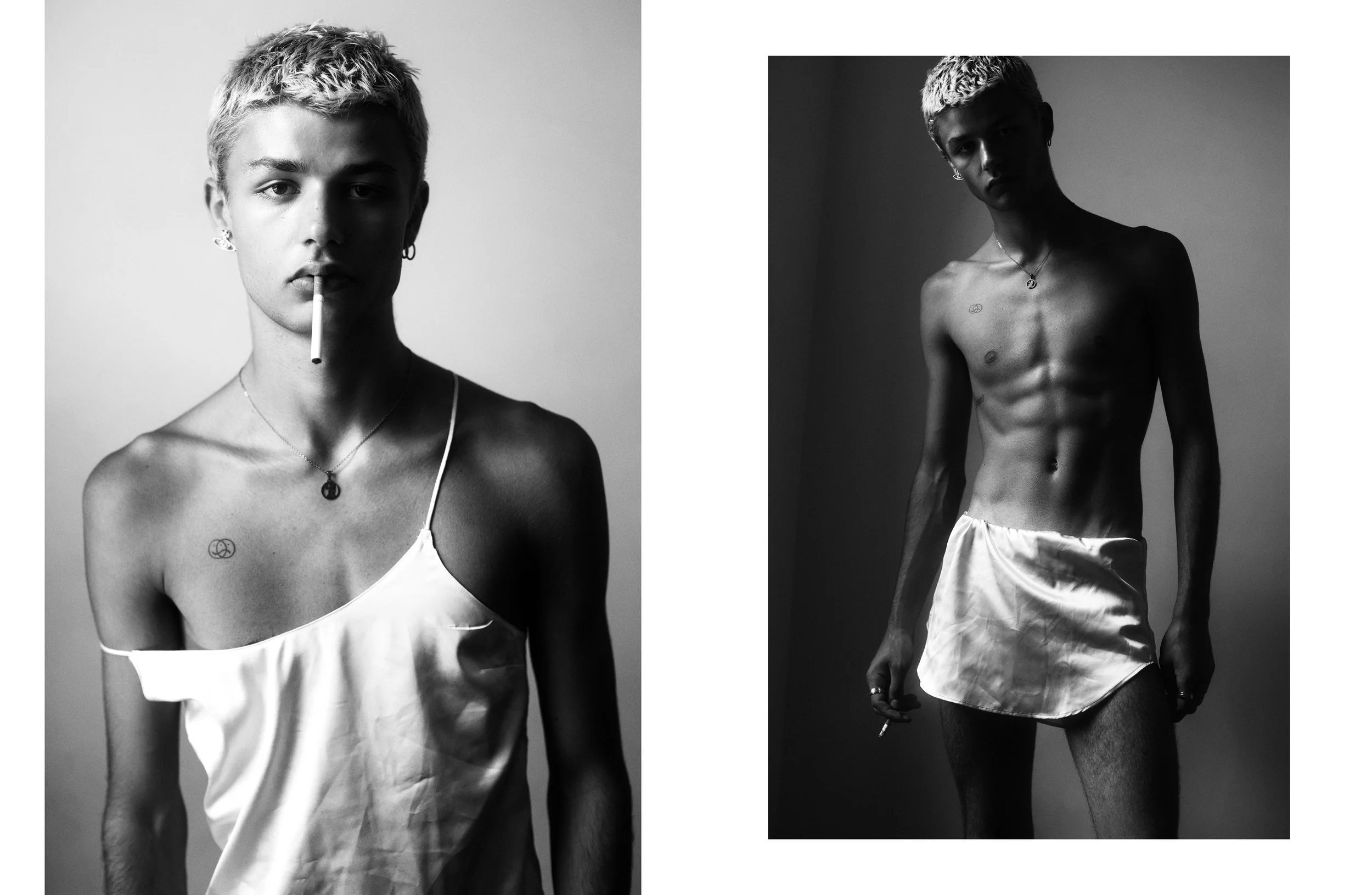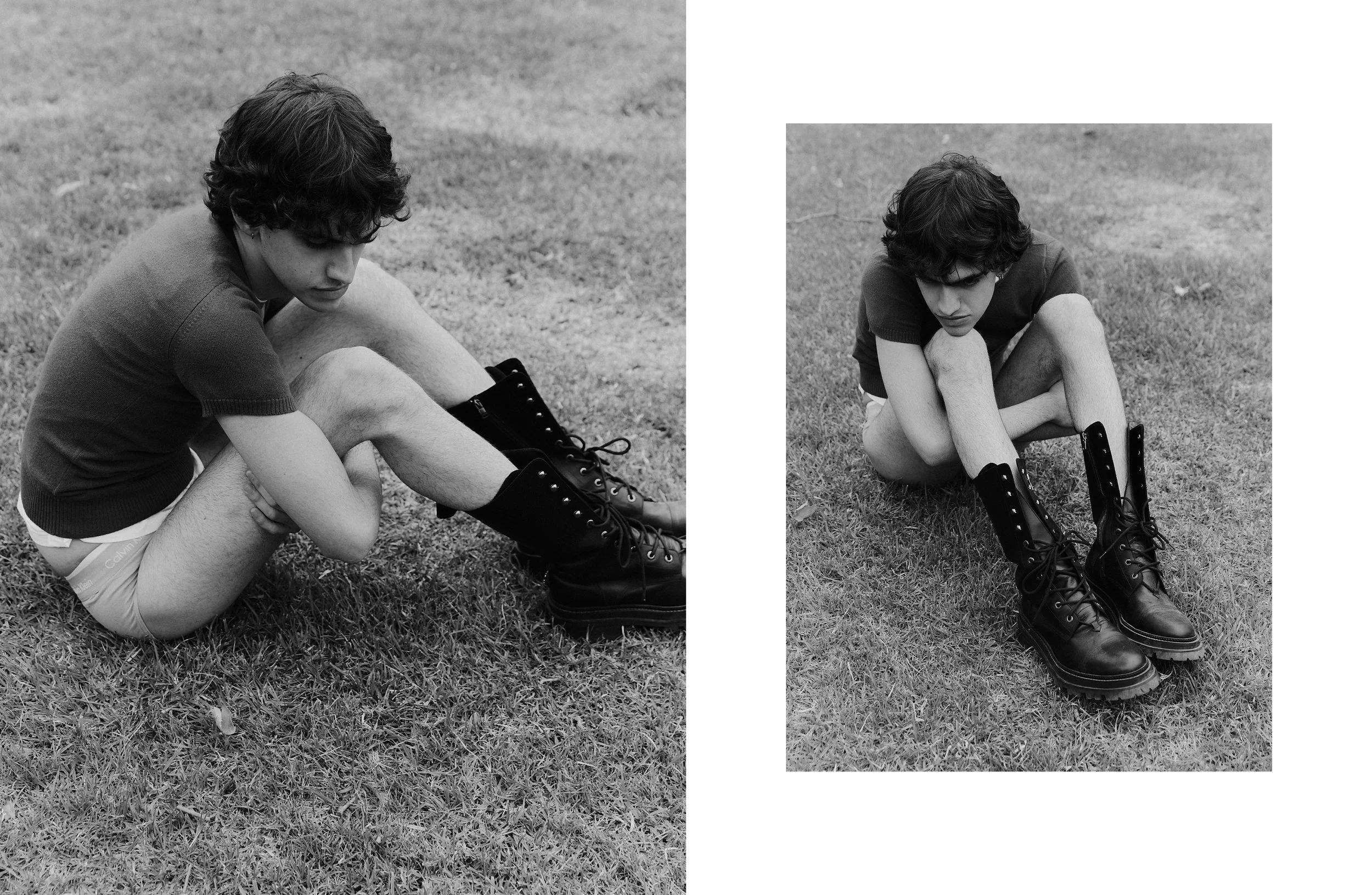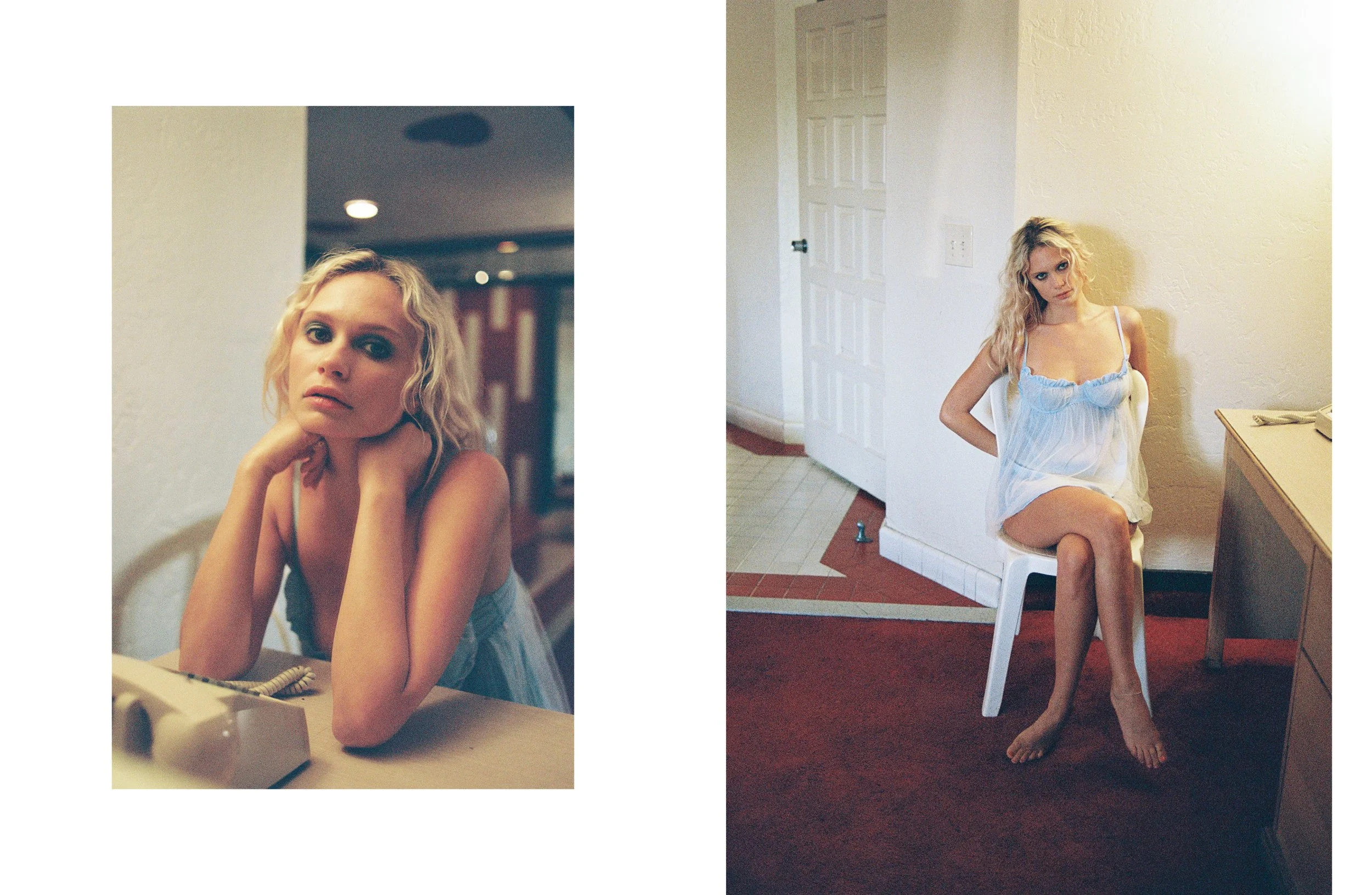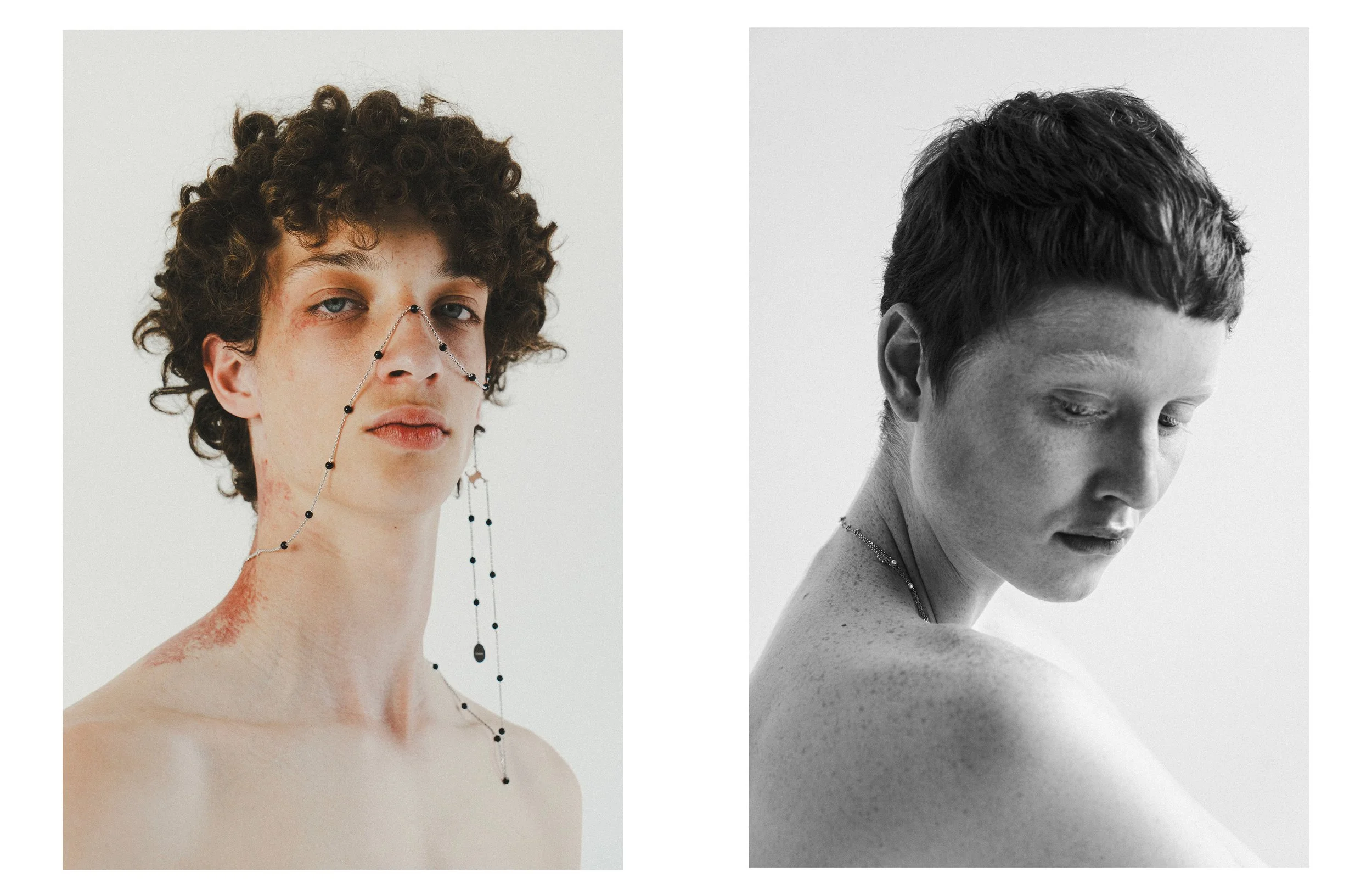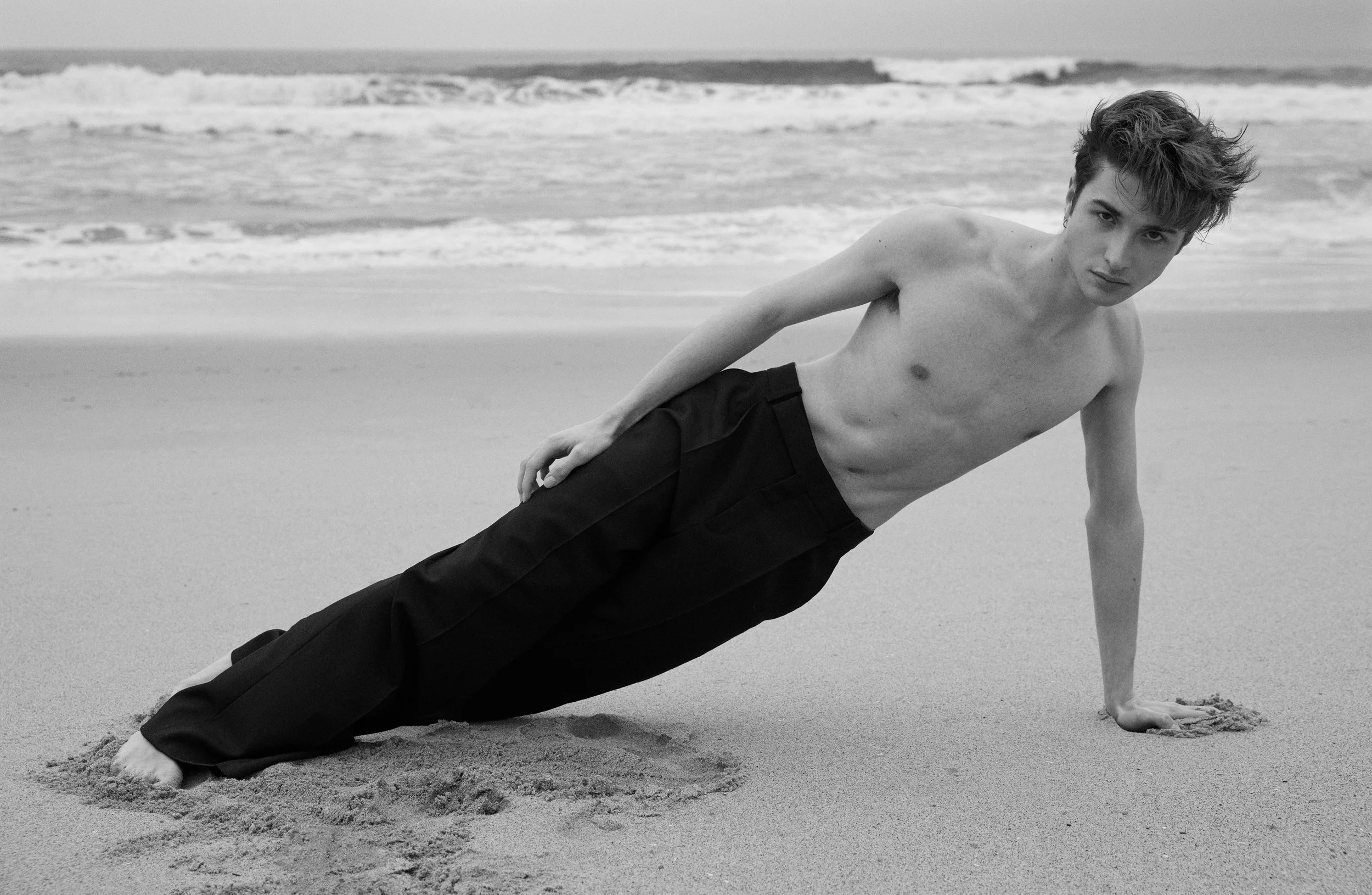IF IT ISN'T THE CASE ALREADY, YOU WILL PROBABLY BE SEDUCED BY CLAIRE POMMET'S LIVELY PERSONALITY AND THE TENDERNESS OF HER MUSIC. FOR SOME YEARS NOW, THE FRENCH 26 YEARS OLD MUSICIAN — ARTIST NAME POMME — FINDS HER OWN BALANCE BETWEEN MONTREAL, WHERE SHE COMPOSED HER LAST ALBUM CONSOLATION, AND PARIS, WHERE SHE RELEASED IT THIS SUMMER. AFTER THE SUCCESS OF HER SECOND ALBUM LES FAILLES IN 2020, THE YOUNG ARTIST CONTINUES TO ASSERT HERSELF MUSICALLY AND TO EMBODY THE VALUES OF HER GENERATION. HEAD ON SHOULDERS, POMME AFFIRMS HER COMMITMENT WITH THE SAME SINCERITY THAT RESONATES WHEN SHE SINGS HER MINIMALIST SONGS. FEMINISM, CULTURAL LEGACY AND ARTISTIC IDENTITY ARE SOME OF THE TOPICS WE DISCUSSED, AND WHICH SHOW A PART OF THE AUTHENTICITY AND WHOLENESS OF THE SINGER.
Writing comforting songs was a way of turning first to myself and then to others.
Paris, July 2022
Hanna Pallot: How does Québécois culture influence your music?
Claire Pommet: Quebec's culture is halfway between Europe and America. Folk music is part of Quebec's musical heritage and is still very present today. In France, it was still quite old-fashioned to play Folk music five years ago. Even if I don't only identify with this musical style, I felt much more at ease in Quebec.
HP: I’ve heard that asserting a musical identity can be complicated in France. How have things evolved for you in this regard?
CP: When I started making music ten years ago, it was absolutely necessary to specify your musical style. Today it is much freer, especially because people easily have access to a lot of tools that allow them to compose and experiment on their own. It is no longer needed to find a producer who will drive you to a specific musical style. Personally, I say I do French variety because I sing in French, but it is very broad.
HP: French variety is the French legacy.
CP: Exactly! It is a beautiful heritage that refers to voices like Georges Brassens or Barbara. It gathers many different genres and time periods. More than a musical style, it is an entity that, for me, has a classy and poetic connotation.
Left: Jumper Marni, trousers and belts Chanel, top Zadig&Voltaire, panty Kollection
Right: Jacket, shirt and tie Gucci, sunglasses and earrings Clash Cartier
HP: Did you feel free when you created your album Consolation?
CP: I didn't try to fit into any box for this album. I made it together with Flavien Berger who makes music that is impossible to define. We were very free, and we went all out with every idea we had. Flavien's freedom in conception encouraged me to stop constantly trying to define what I do.
HP: How does music console? For you? For others?
CP: I think the last two years have been so complex that we need to be consoled. We all have experienced violence on different scales. Consolation is not a solution; it actually becomes necessary when there is not much of a solution. In 2021, after a year of pandemic, I realized I was feeling a certain sadness. Writing comforting songs was a way of turning first to myself and then to others.
I think there is as much vigilance as there still is tolerance for toxic behaviors. It is hard to know what is really and deeply changing.
HP: In 2021 you were awarded Female Artist of the Year at the French Victoires de la Musique. We both belong to the same generation of feminism, so what does it mean to you to be a Female Artist today?
CP: In my opinion, feminism is connected to something much bigger which denounces a system that gives everything to some people and nothing to others because they are not white, straight, thin or whatever. First and foremost, being a female artist depends on your status, your origins, your history. Even if I am part of the oppressed people in some ways, I have a lot of privileges, so I try to use my visibility to open discussions. It is not even about claiming anger but about creating a dialogue and listening.
HP: Have things changed compared to previous generations?
CP: There is more vigilance and resources, but that doesn't stop someone from assaulting a woman if they want it. There are certain things that are no longer accepted to say, but behaviors have not really changed. I think there is as much vigilance as there still is tolerance for toxic behaviors. It is hard to know what is really and deeply changing.
Left: Coat, shirt, trousers and tie Louis Vuitton
Right: Jacket and trousers Y/Project, boots Ports 1961
HP: Do you see your music as a way of giving a voice to these causes?
CP: When I compose, I manage to disconnect from the present. I create without trying to politicize, but I am so caught up in these issues that they end up coming out. For example, one of my last album’s songs, Nelly, is a letter I wrote to the Canadian feminist writer Nelly Arcan who committed suicide. Because the song is about her, it was immediately politicized. It is like Grandiose, which became a pro-MAP song, even though I wrote it when MAP [Medically Assisted Procreation] was not yet a debate in France. The interpretation and reception of songs can change according to the political context.
HP: Nelly Arcan questioned the (male) gaze and the impact of images on women’s development. Today, social media have a strong influence on these notions. You are quite active on social networks, do you feel in control of your image?
CP: I feel in control of my image within the limits of what I can control. There are inevitably things that escape you when you are an artist, especially on social networks. I publish things in full awareness of the consequences, but there is a whole part I can't control, just like the interpretation of my songs. My use of the networks has also unconsciously changed. I guess I share less of my private life to preserve myself from what I can’t control.
HP: Concerning your evolution both as a woman and as an artist, how do you feel today?
CP: I feel quite good! I am angry at a lot of things, but I manage to find a balance. I feel in adequacy with my last album, happy and lucky to have been so free in this last project that I deliver with honesty. This is not given to everyone.
Left: Dress Bottega Veneta, boots Ports 1961, earrings Clash Cartier
Right: Dress bra, panty and belt Miu Miu, boots Ports 1961
Tanktop and shorty Prada, boots Ports1961
Left: Tanktop and shorty Prada, boots Ports1961
Right: Jumper Marni, trousers and belts Chanel, top Zadig&Voltaire, panty Kollection
Interview by Hanna Pallot
Photography by Jan Philipzen
Fashion by Jonathan Huguet
Casting by Imagemachine cs
Hair by Charlotte Dubreuil
Make-Up by Elodie Barrat
Set design by Sati Leonne Faulks
Stylist’s assistants Marie Soares and Elina Bouyssy
Set Design assistant Guillaume Yaba
